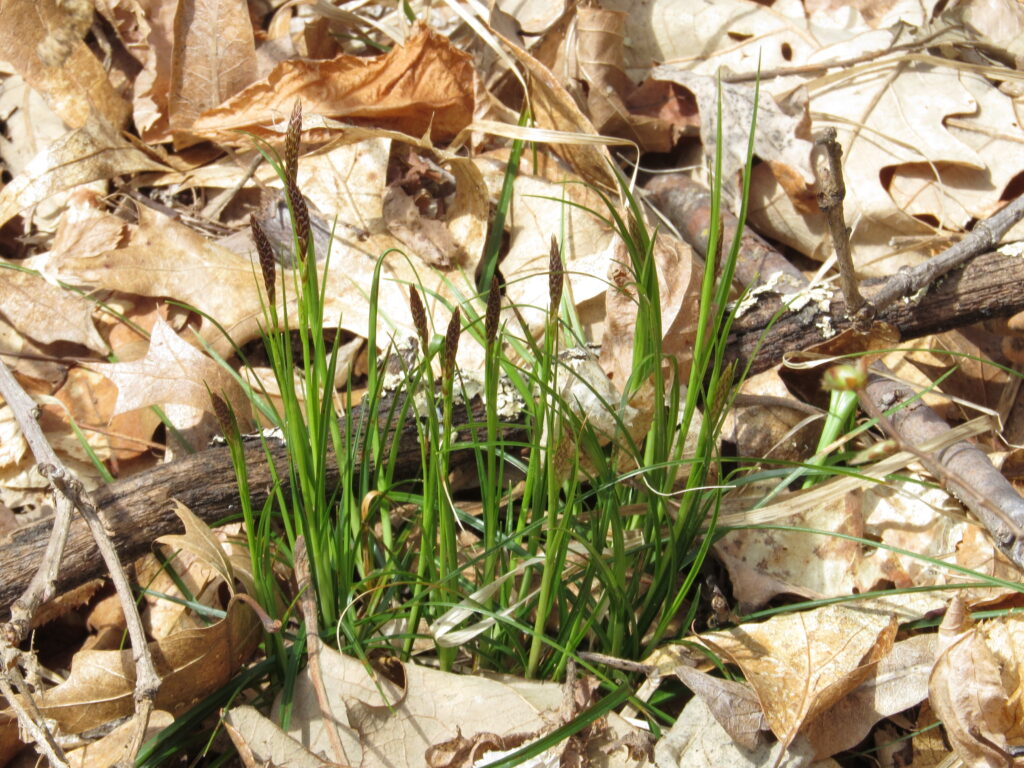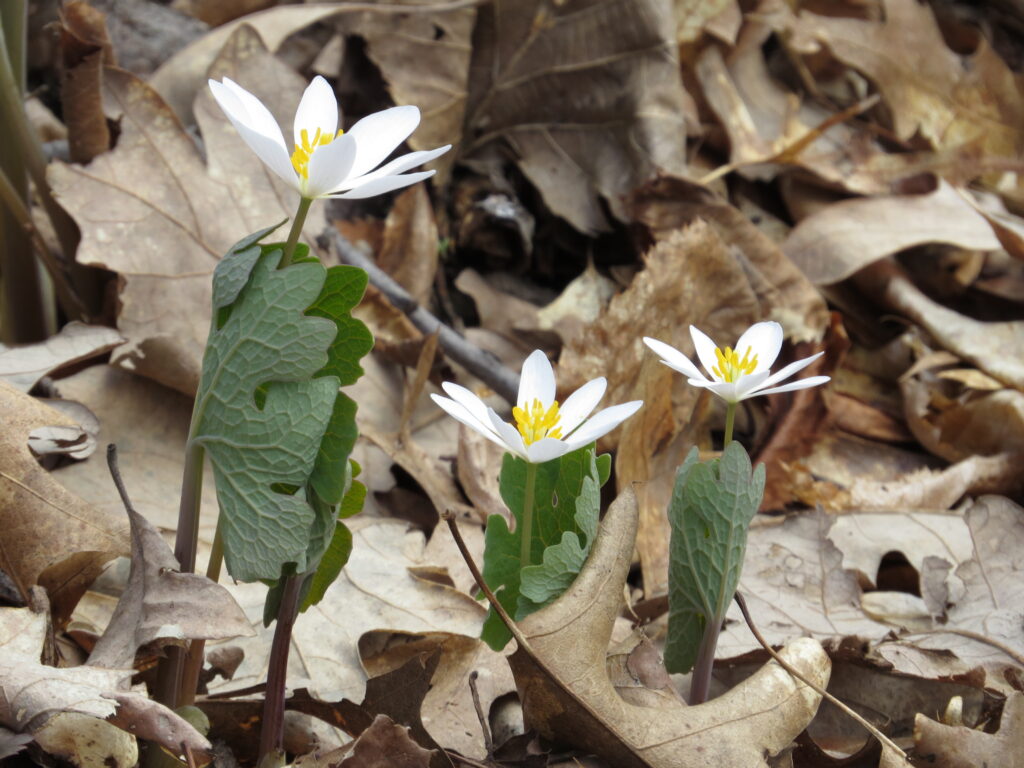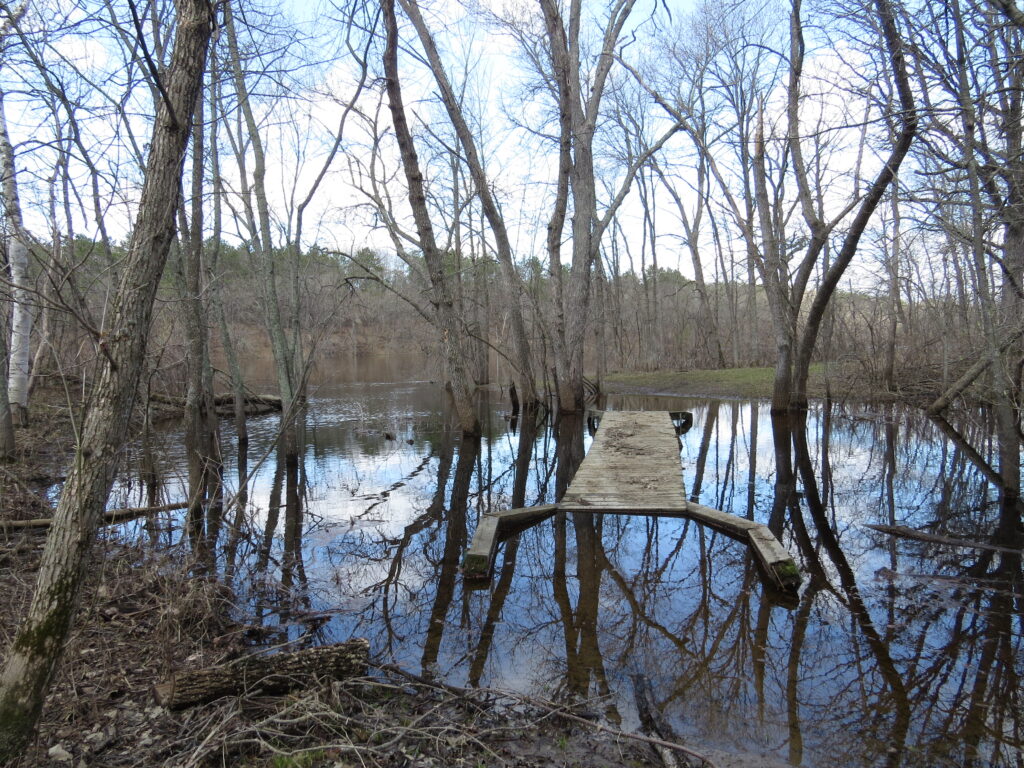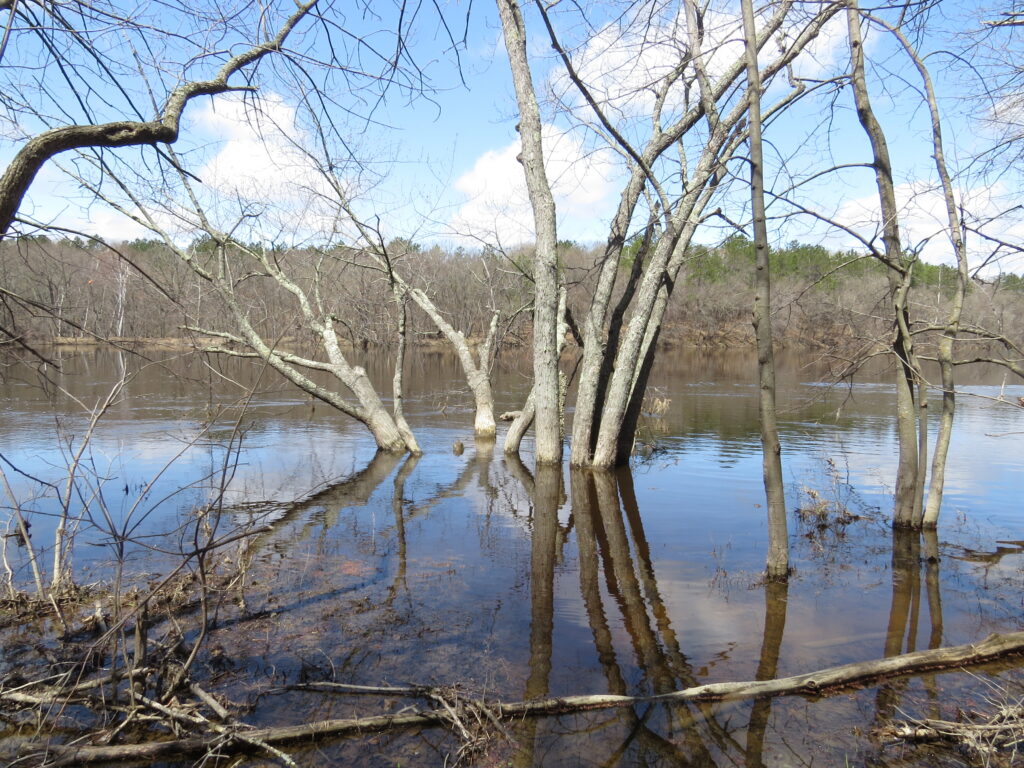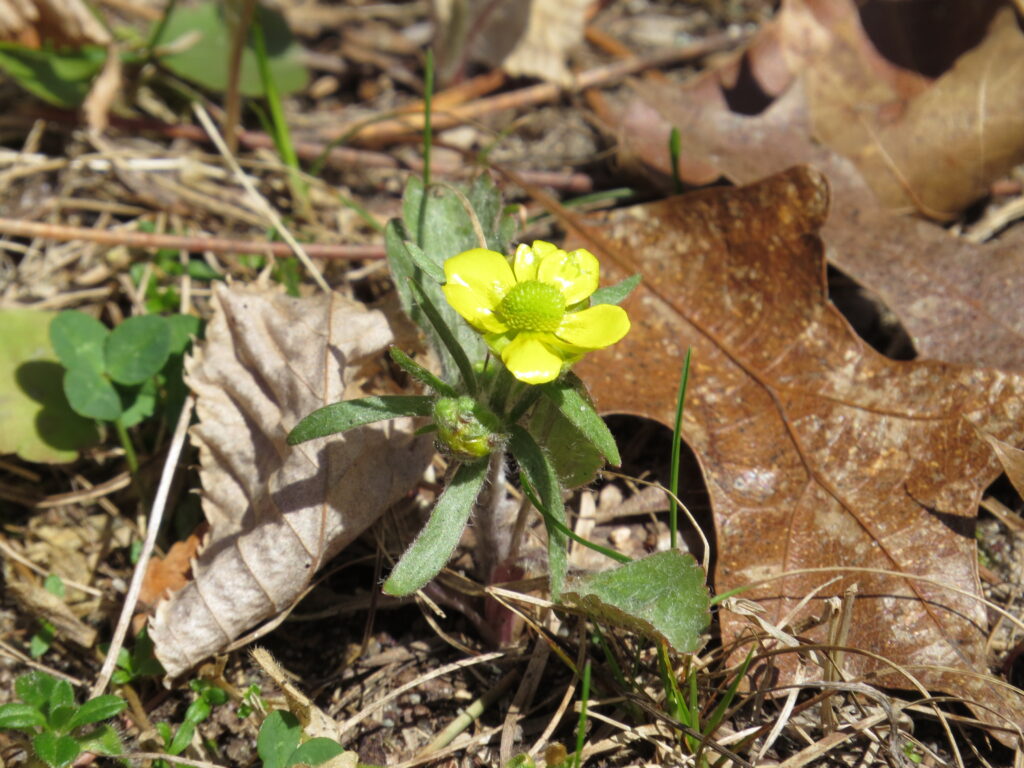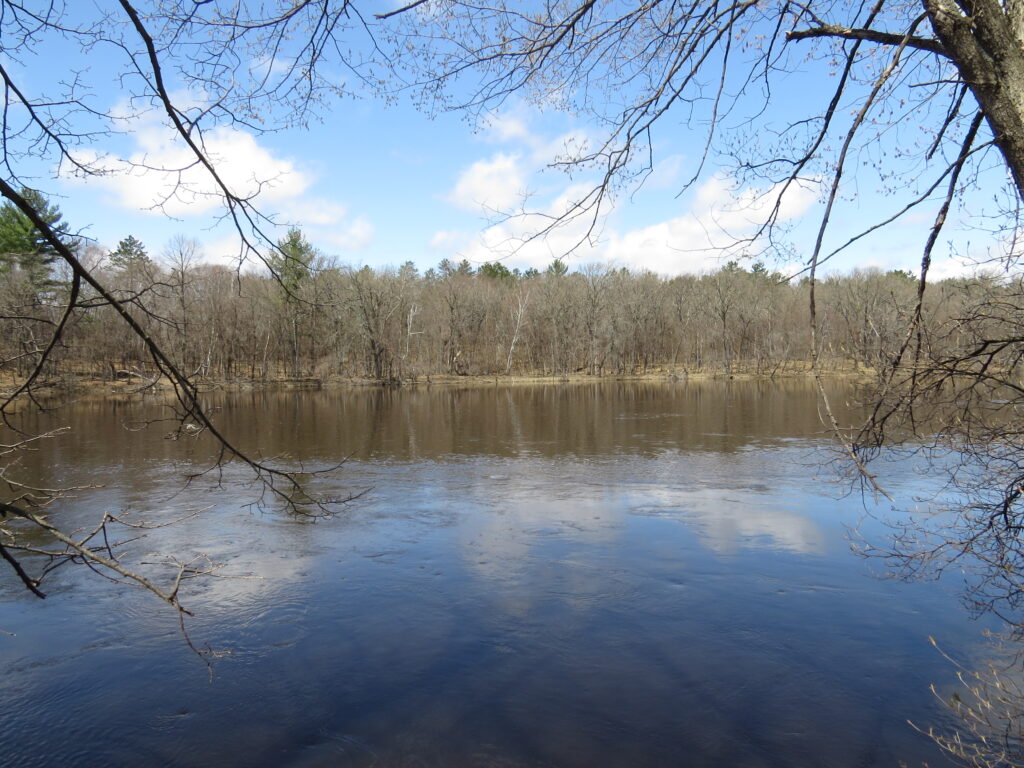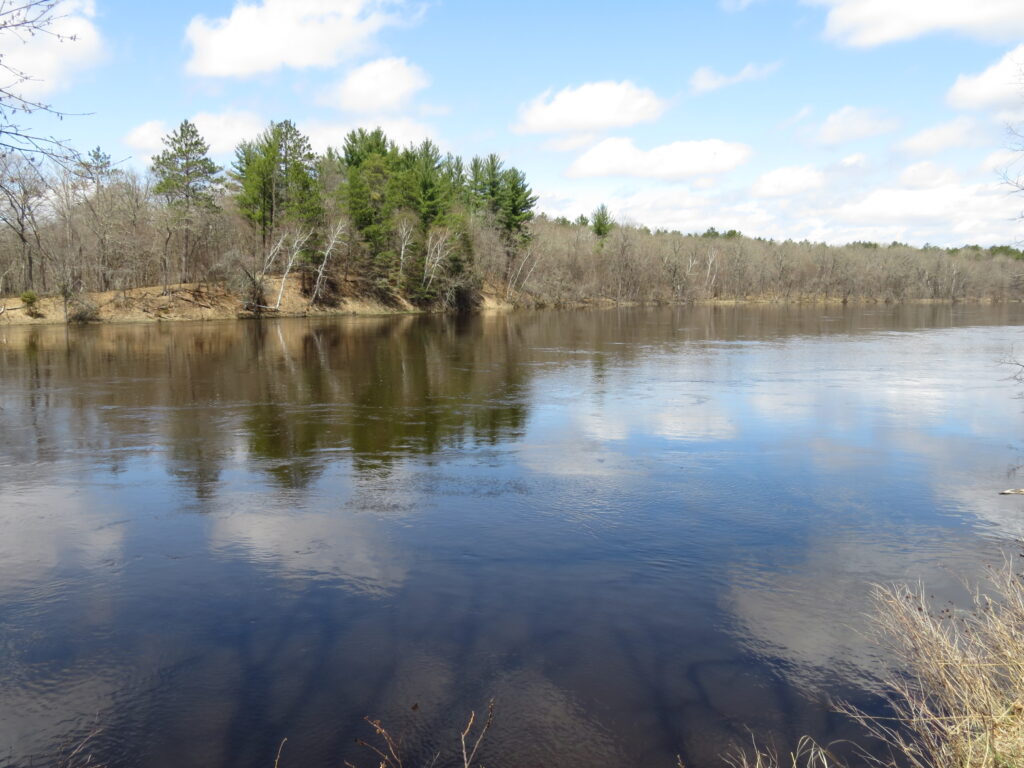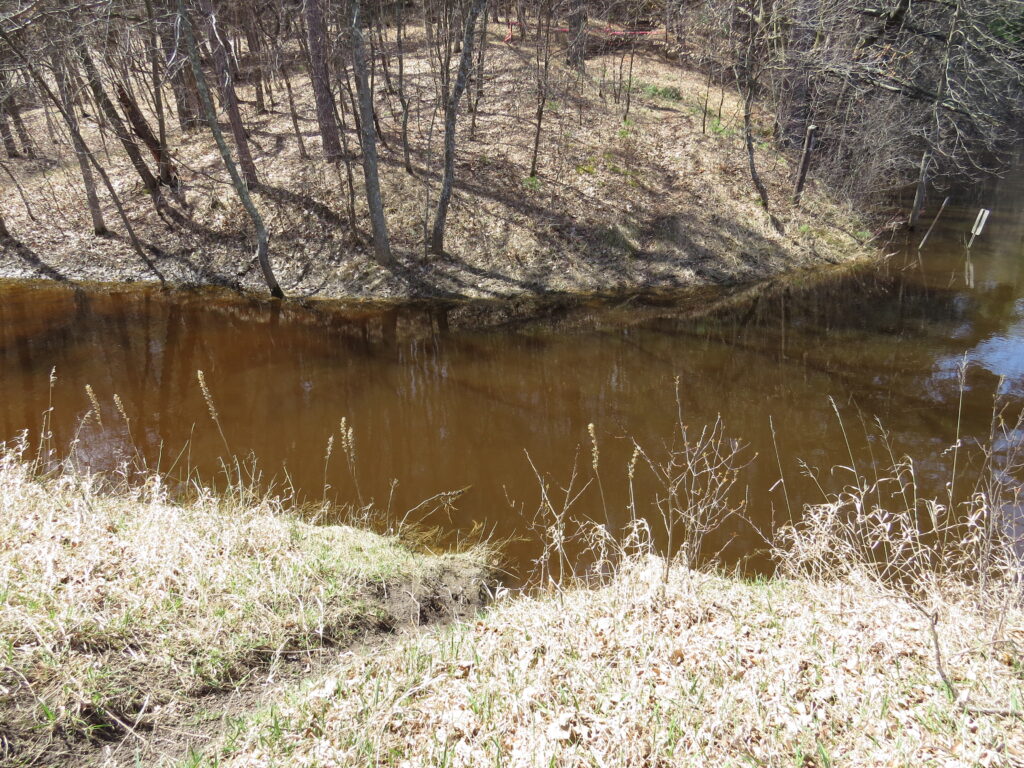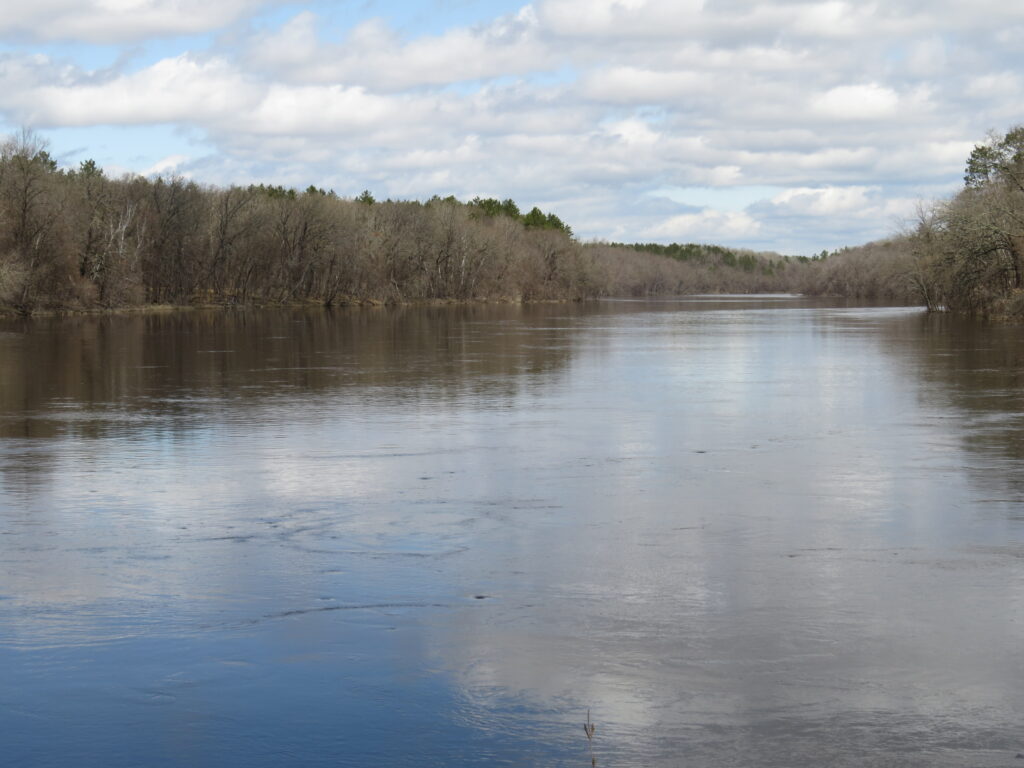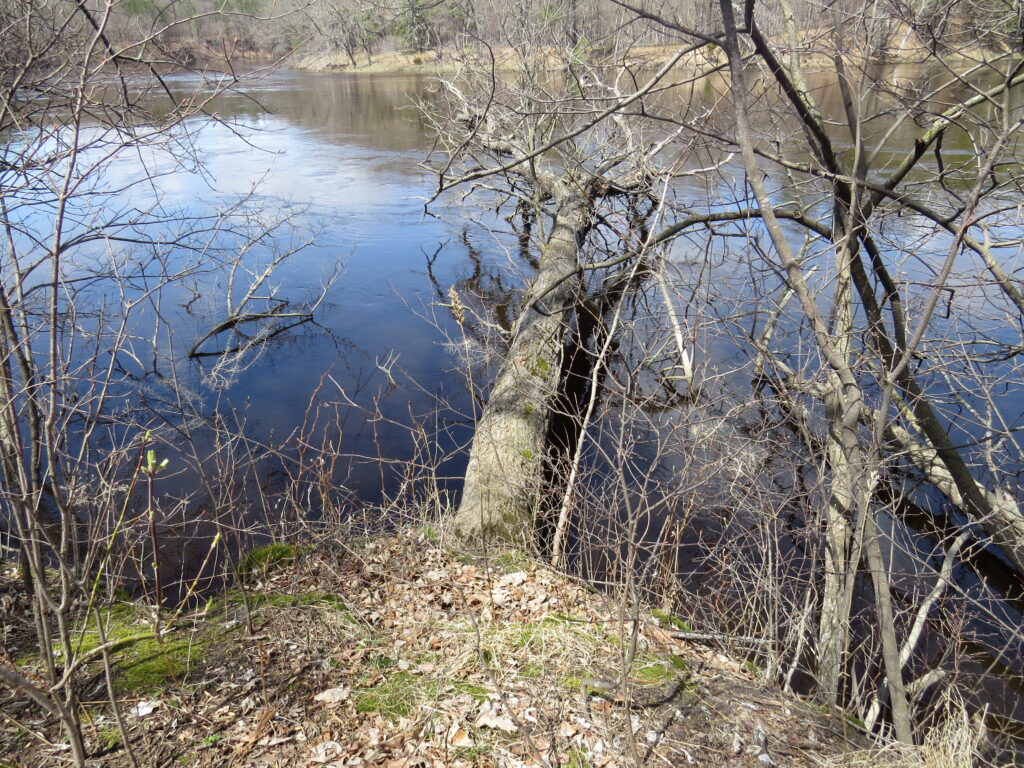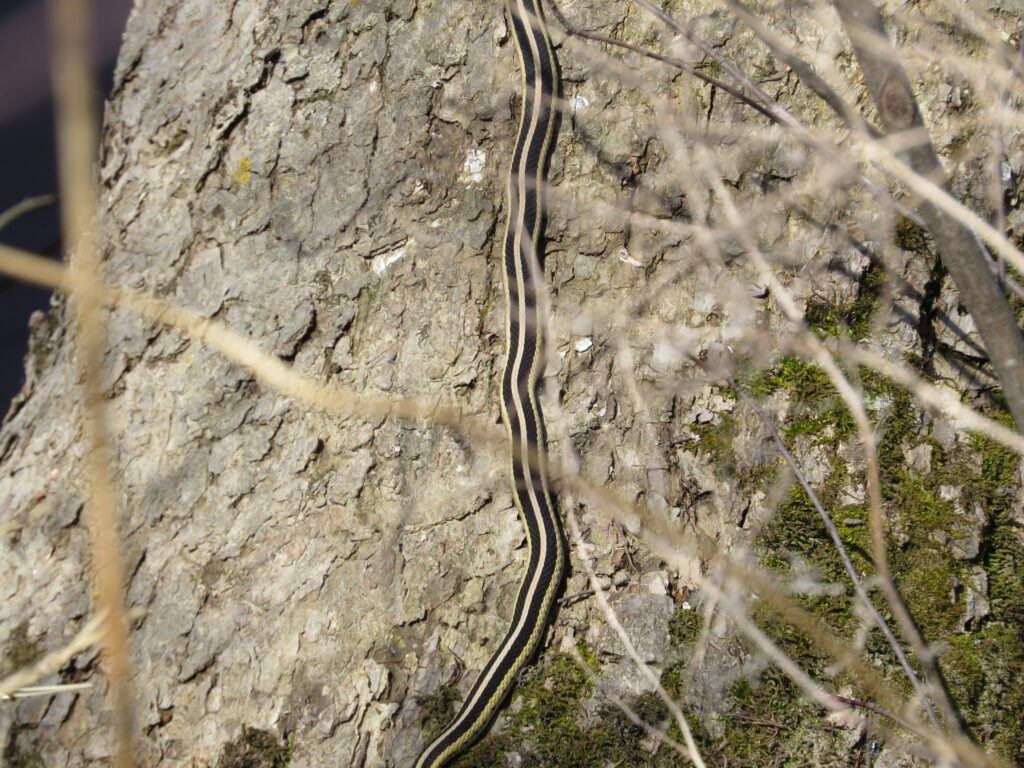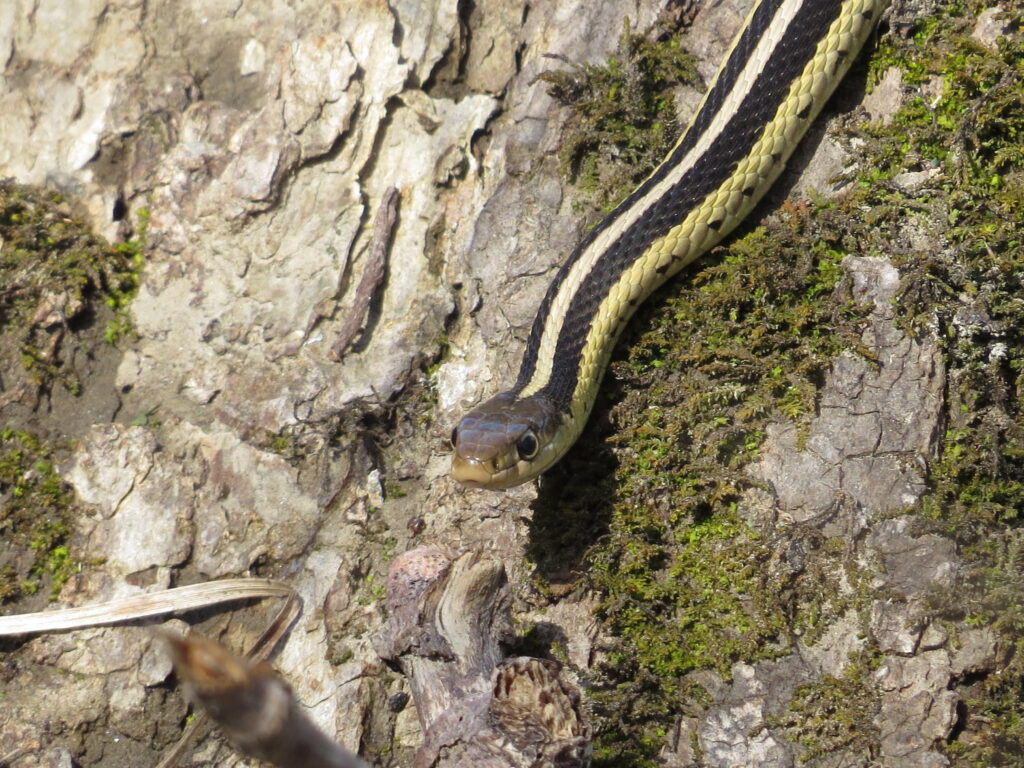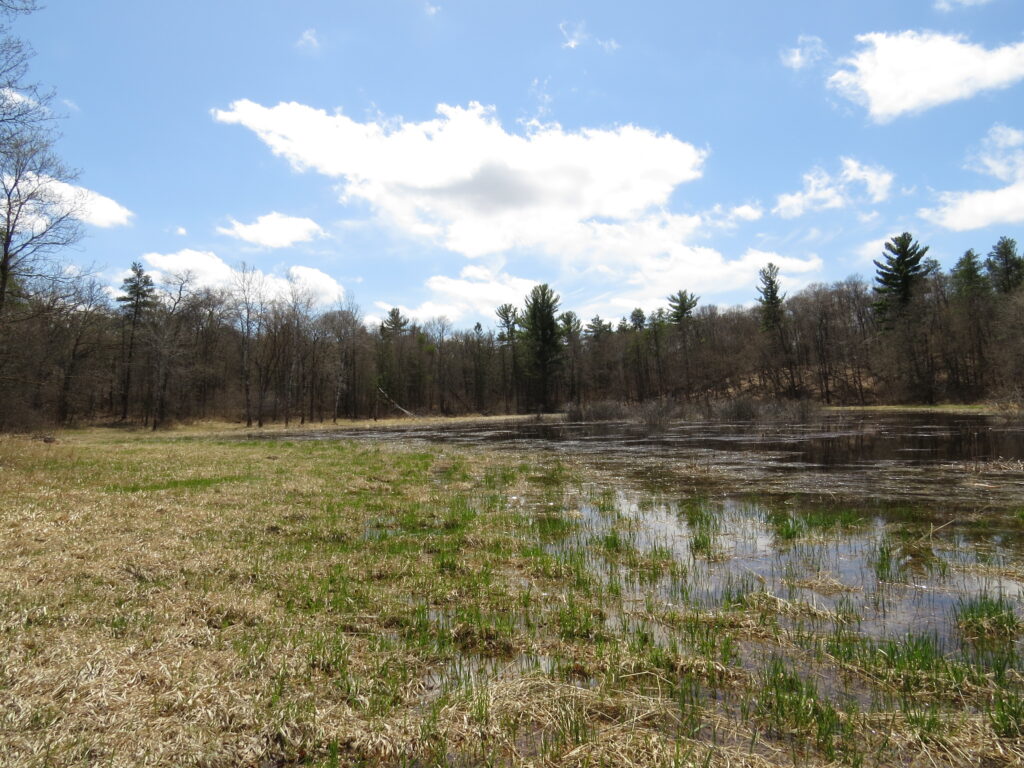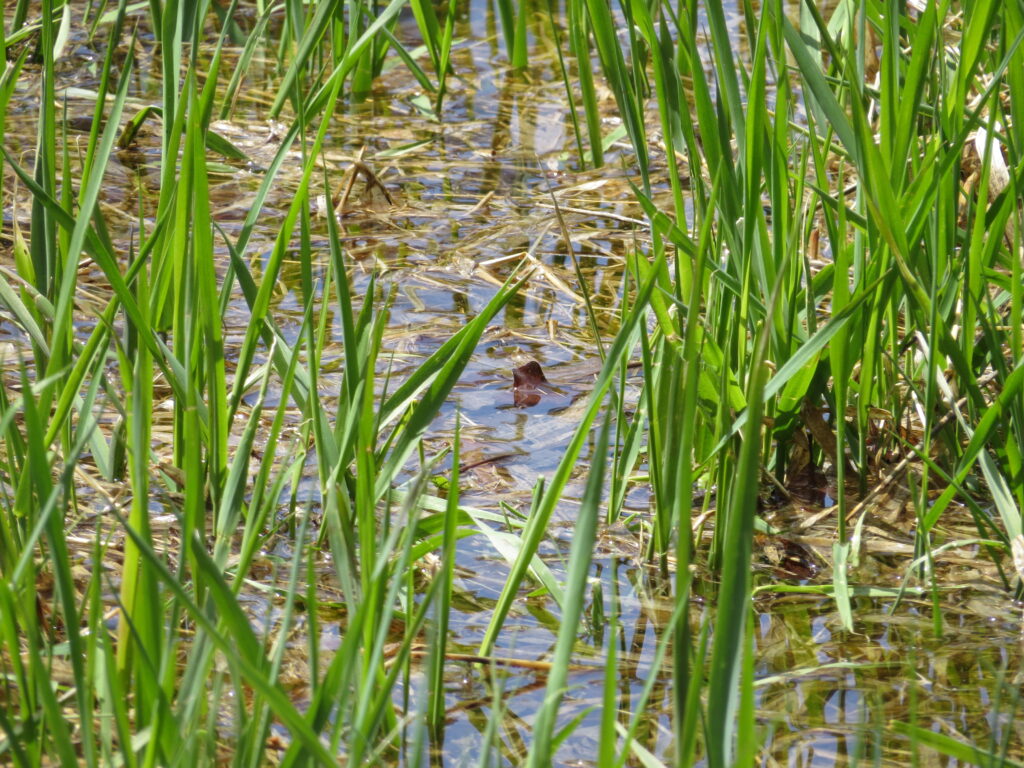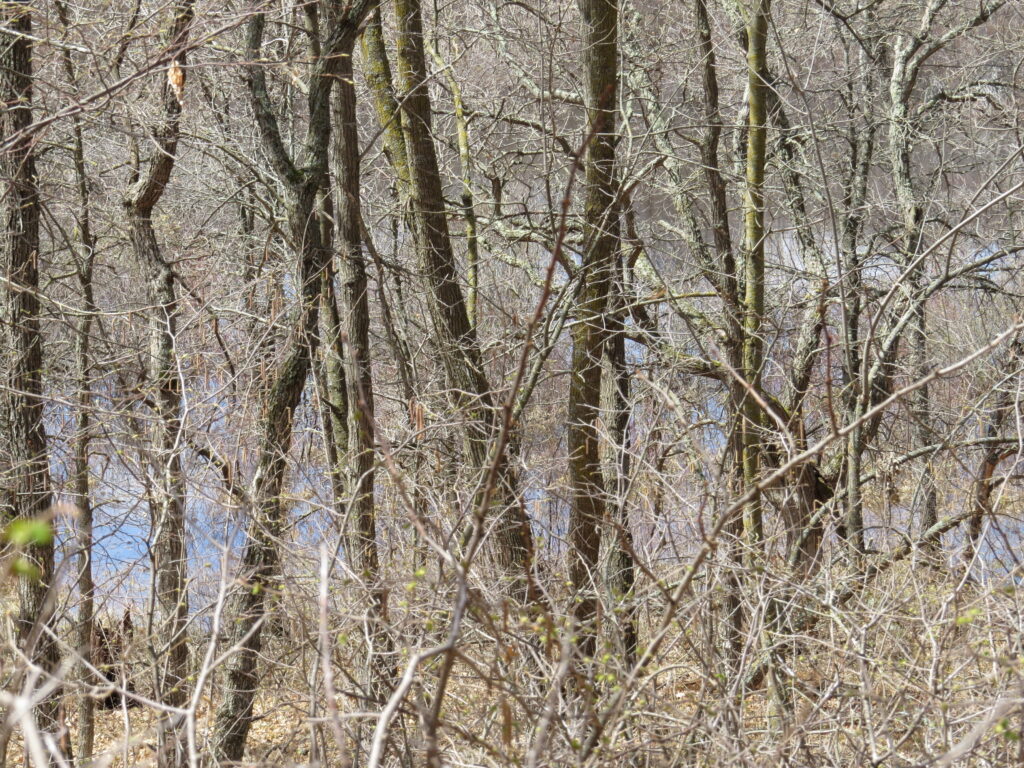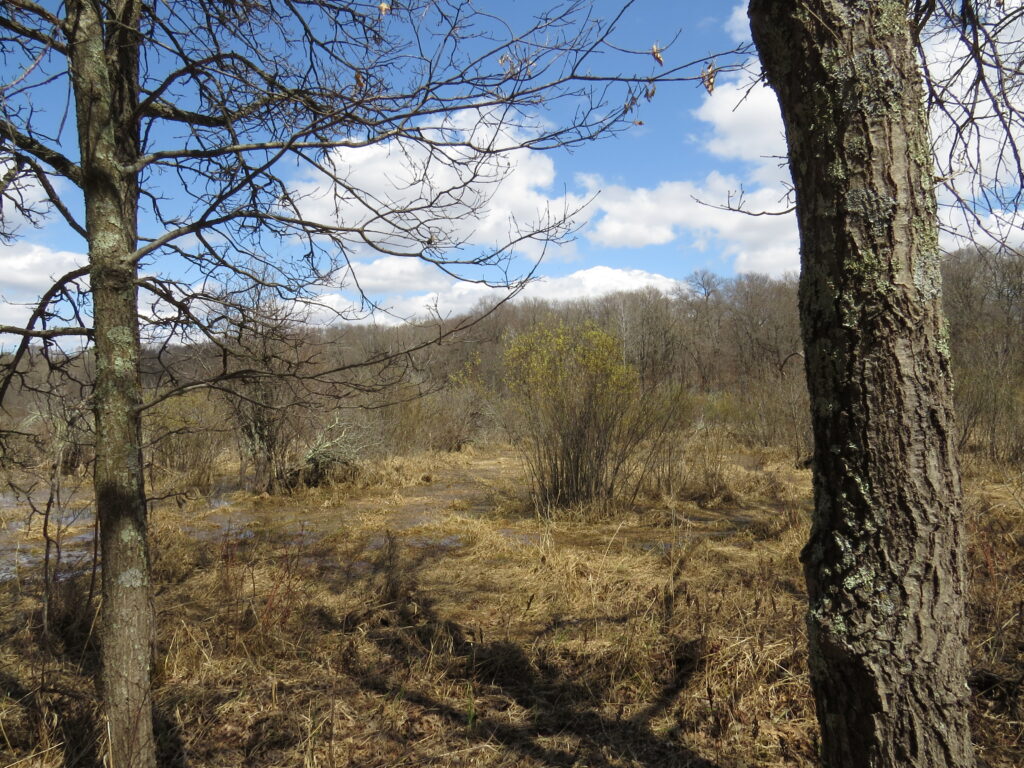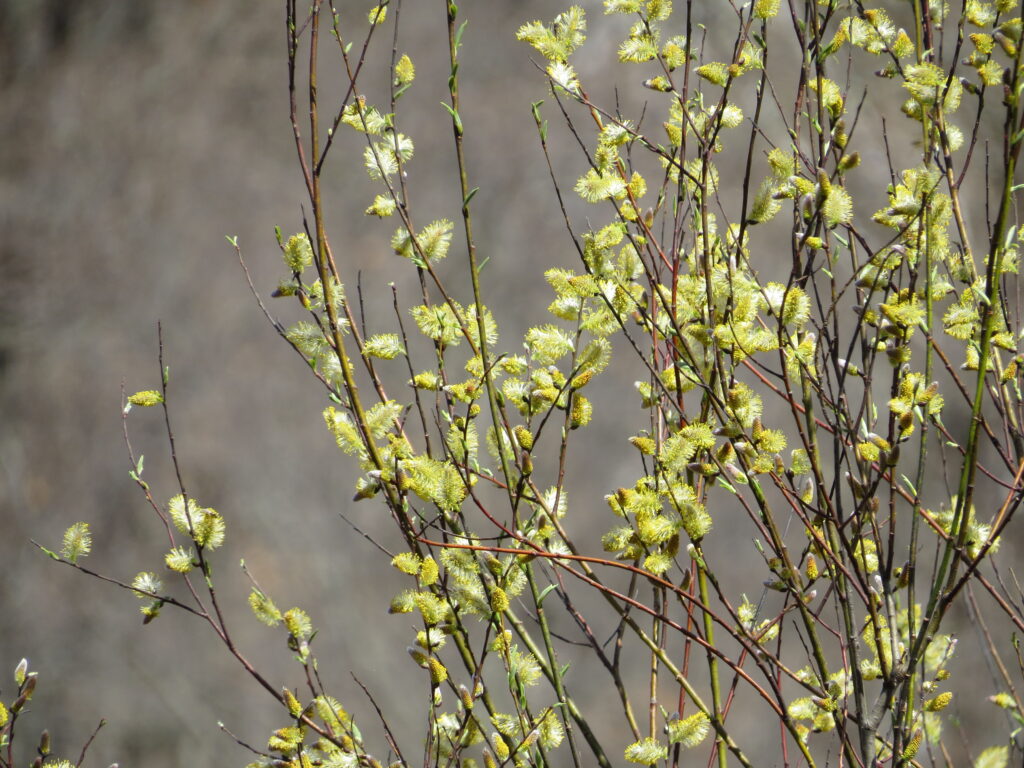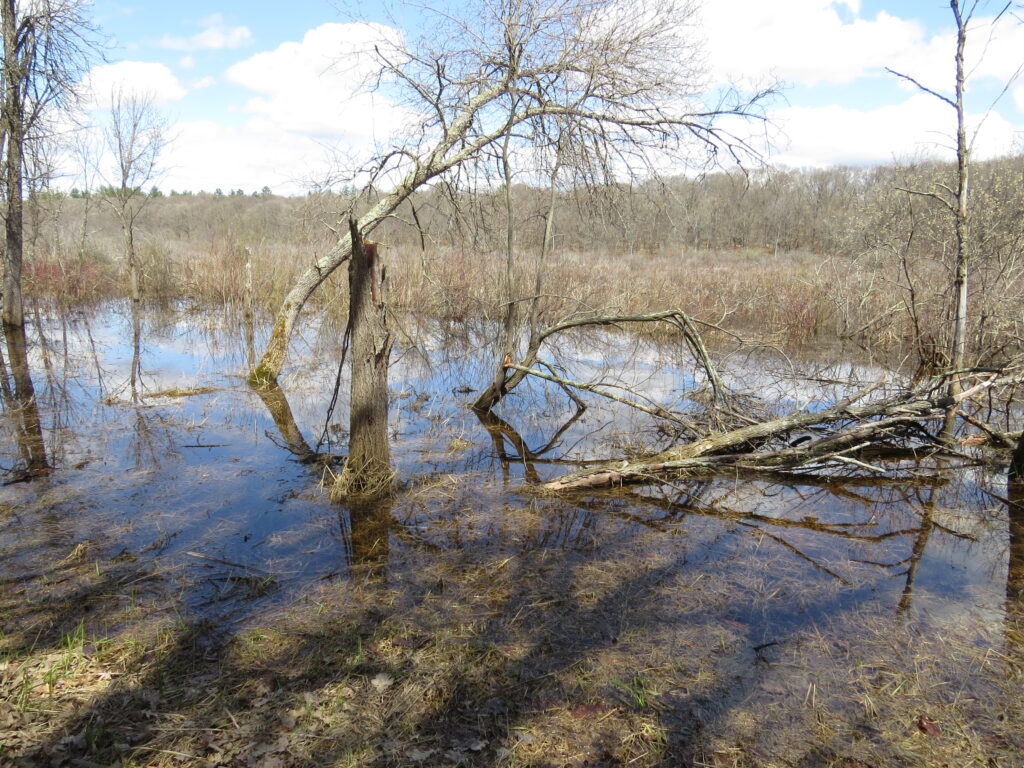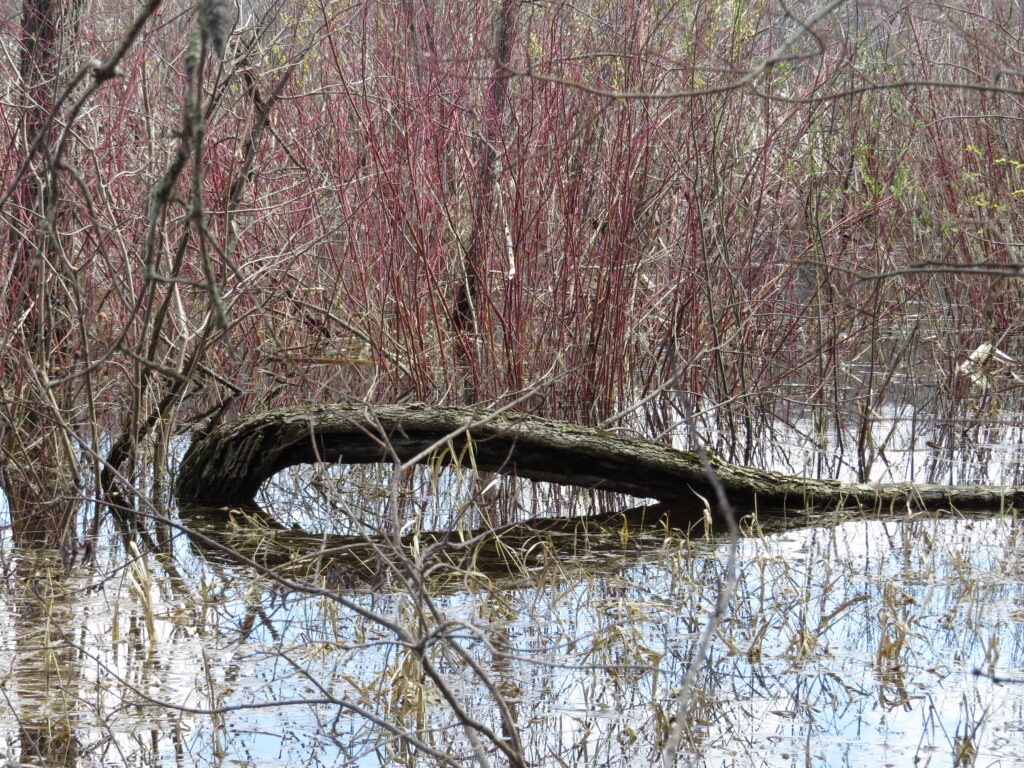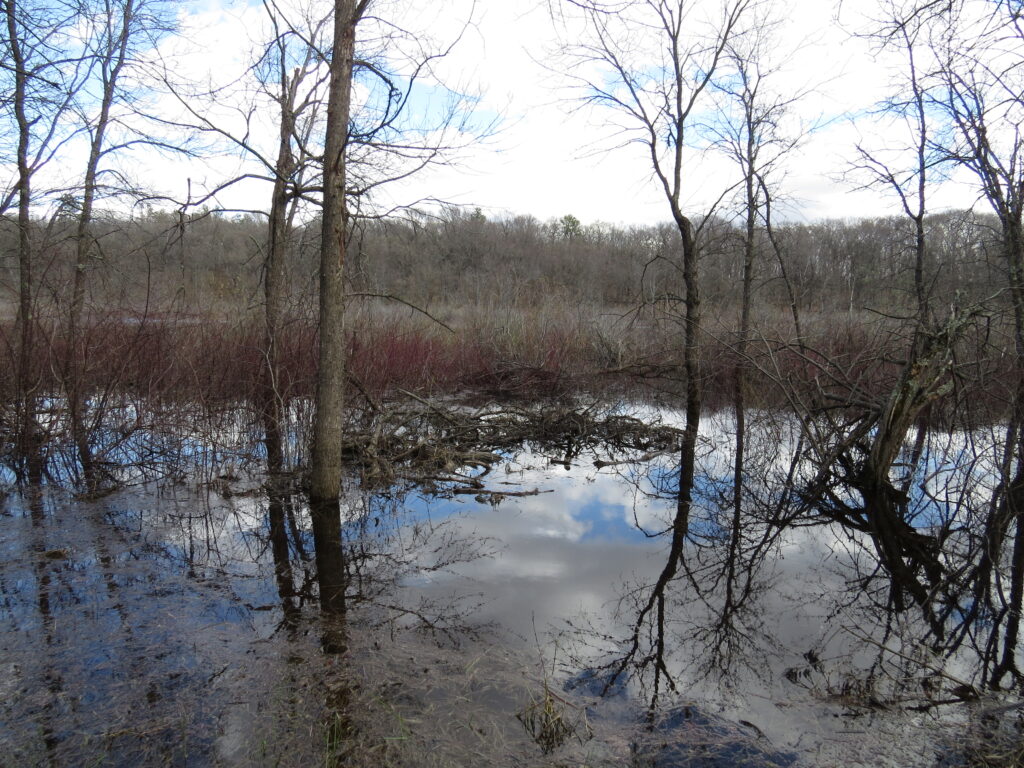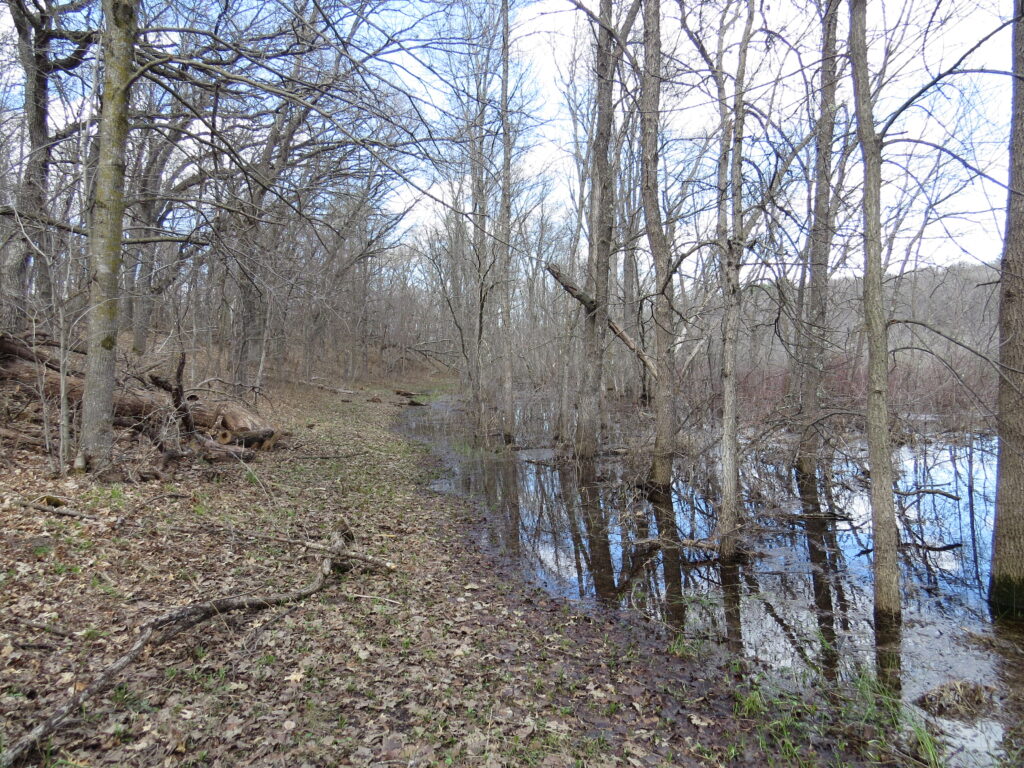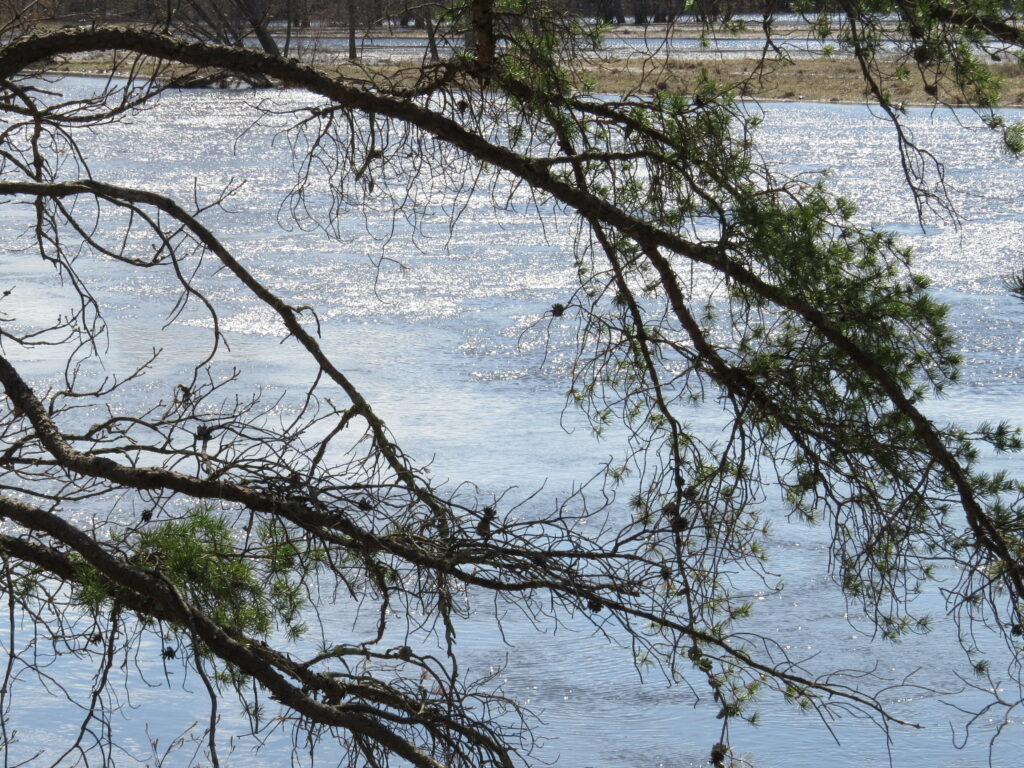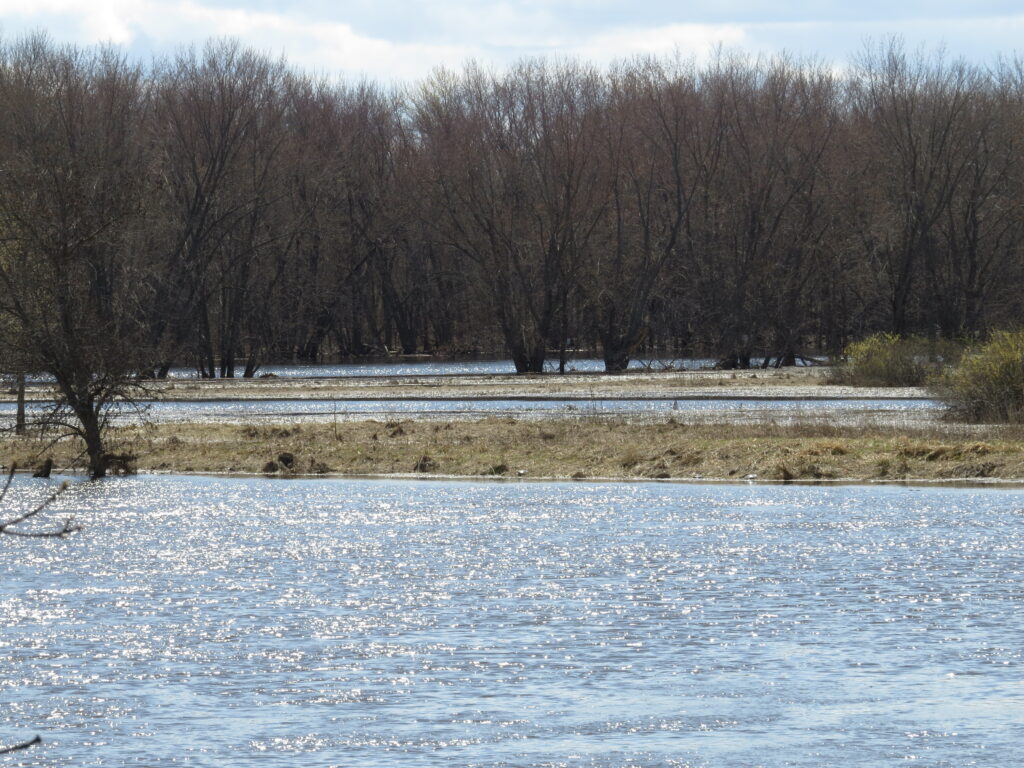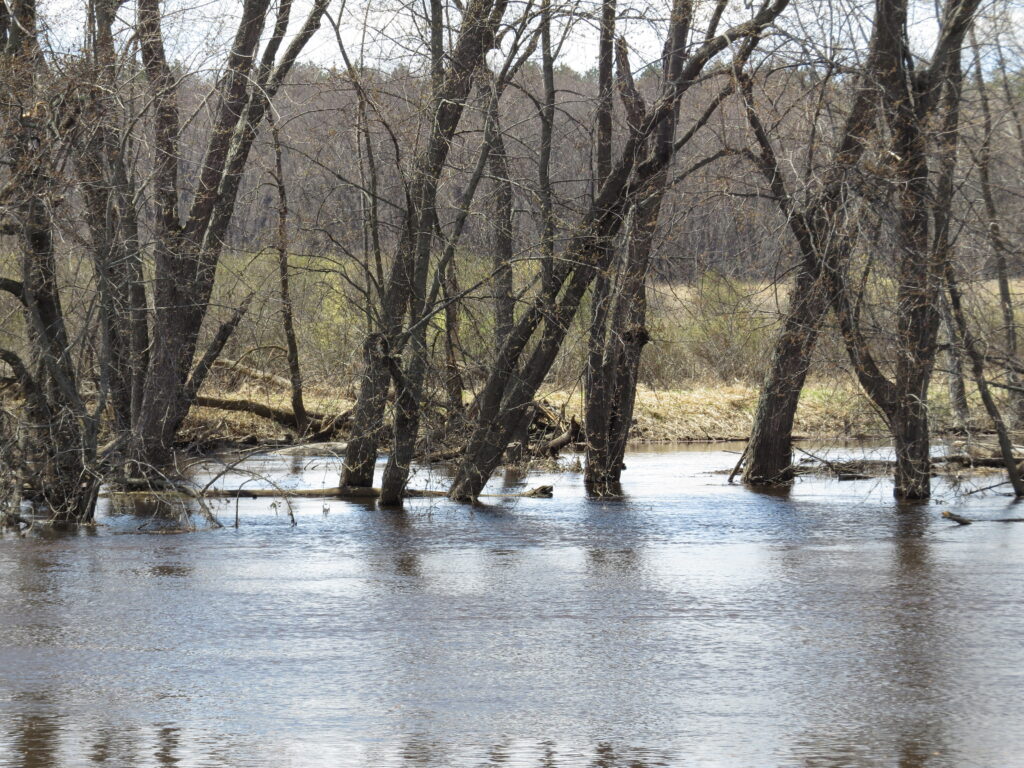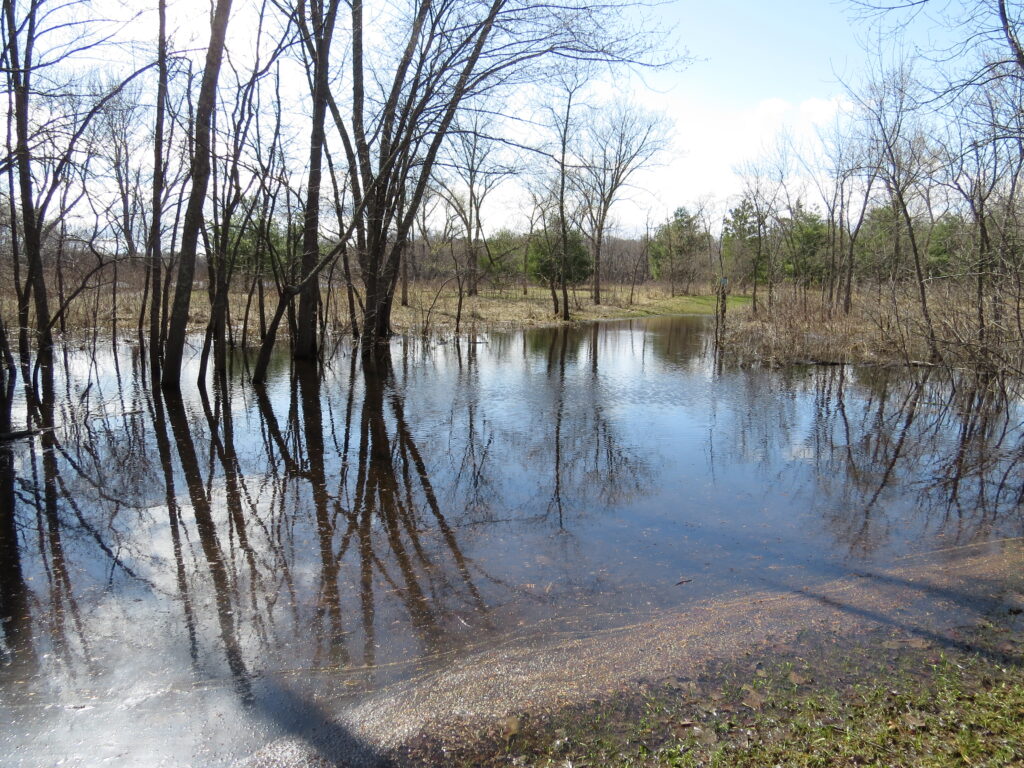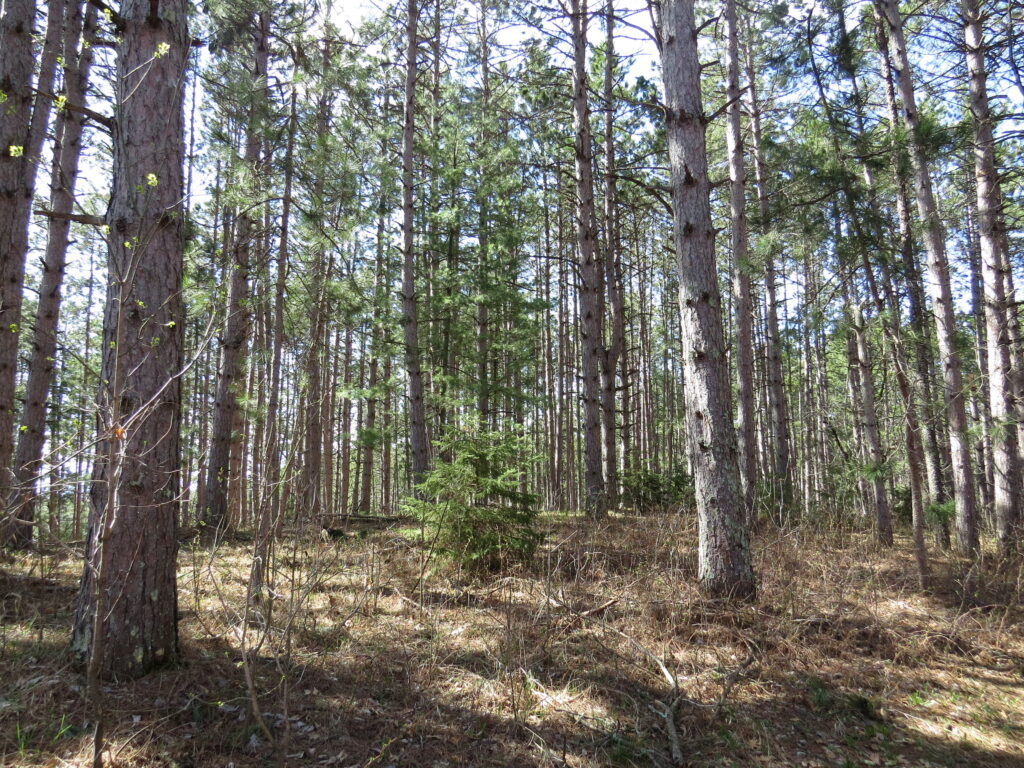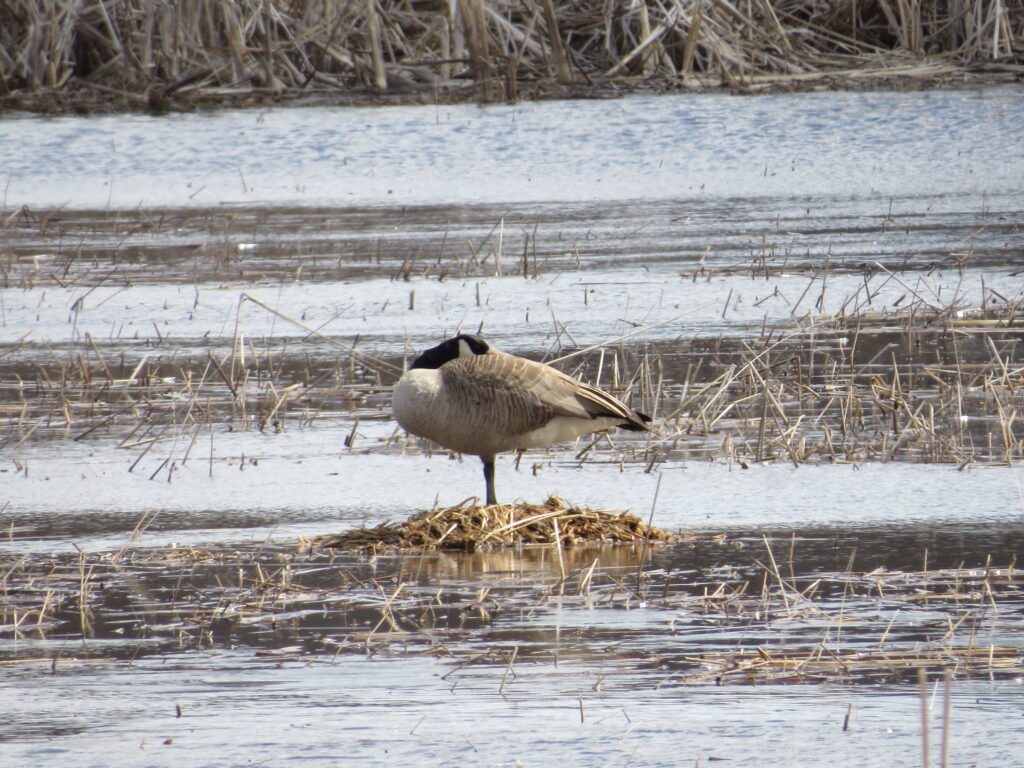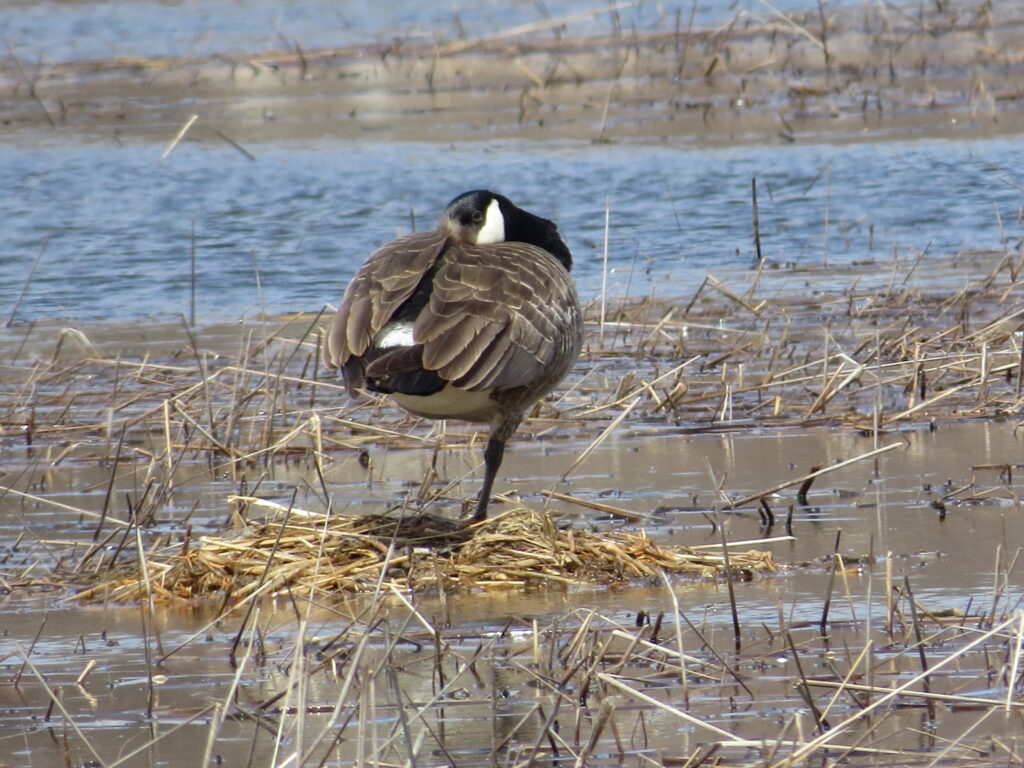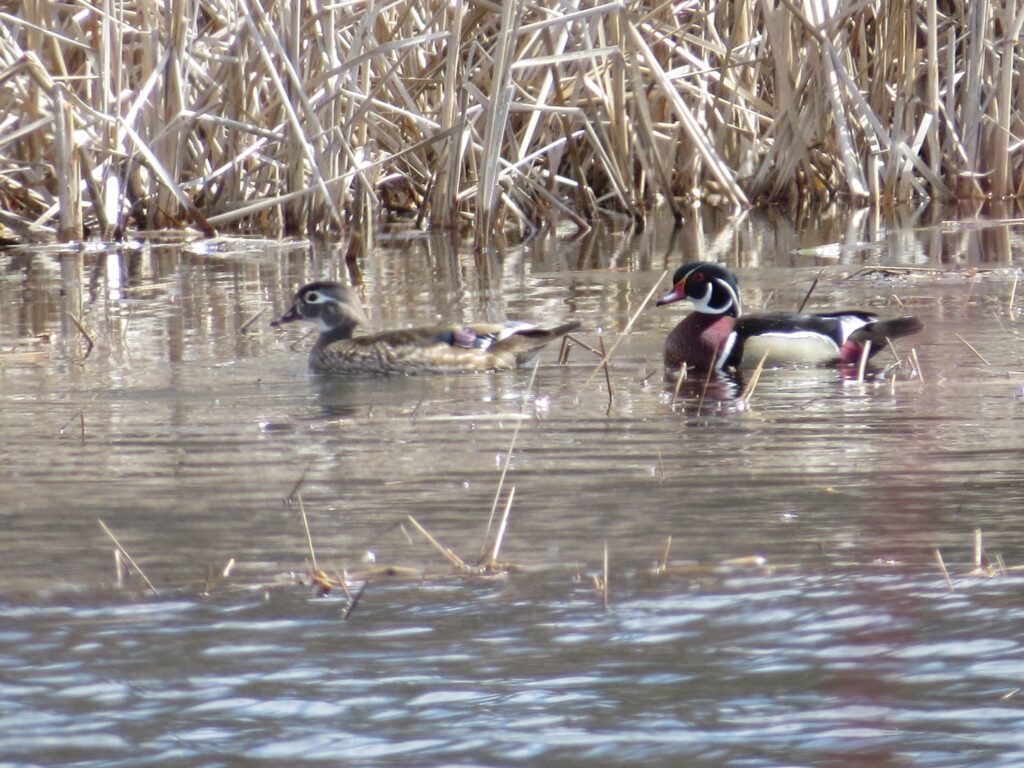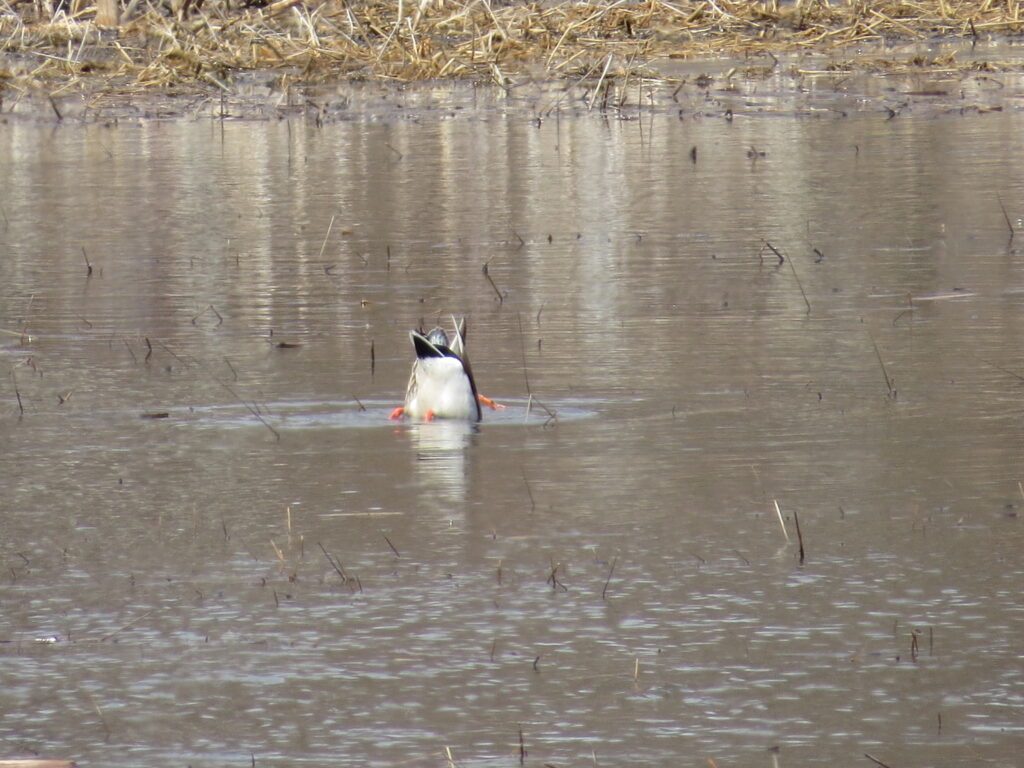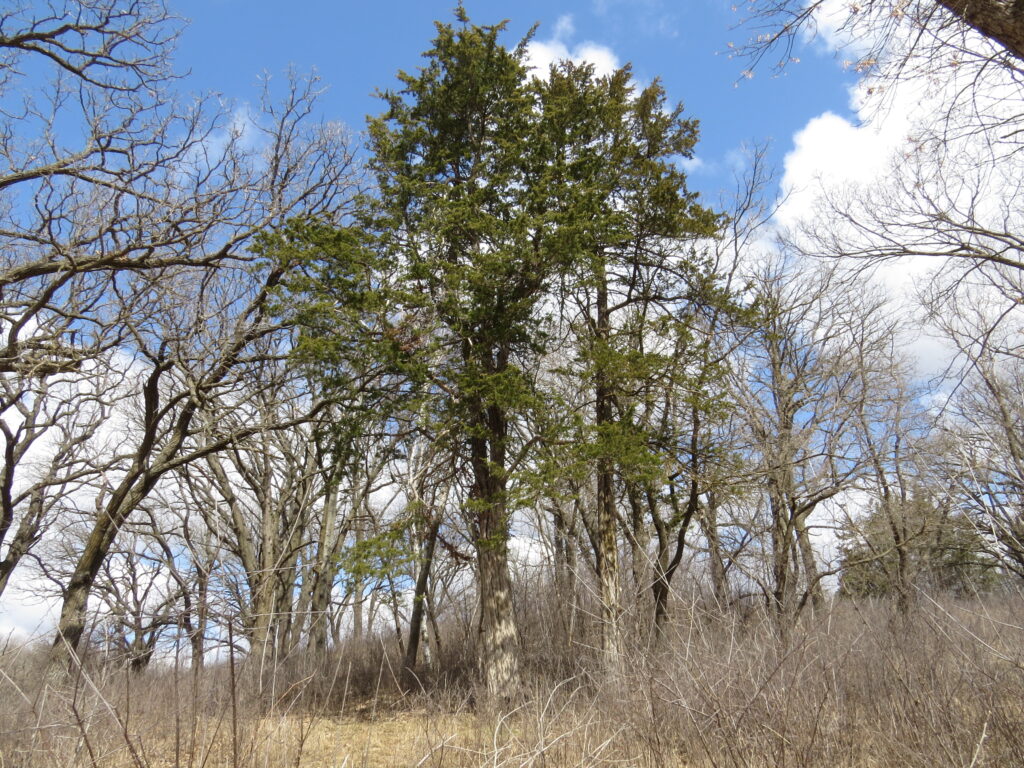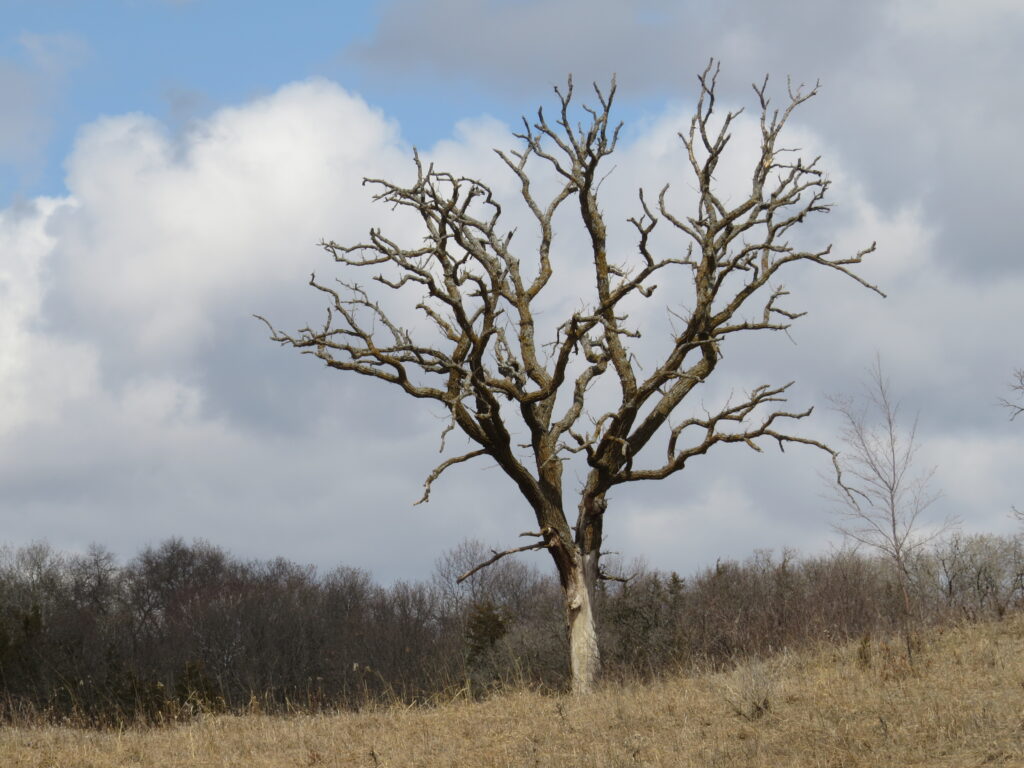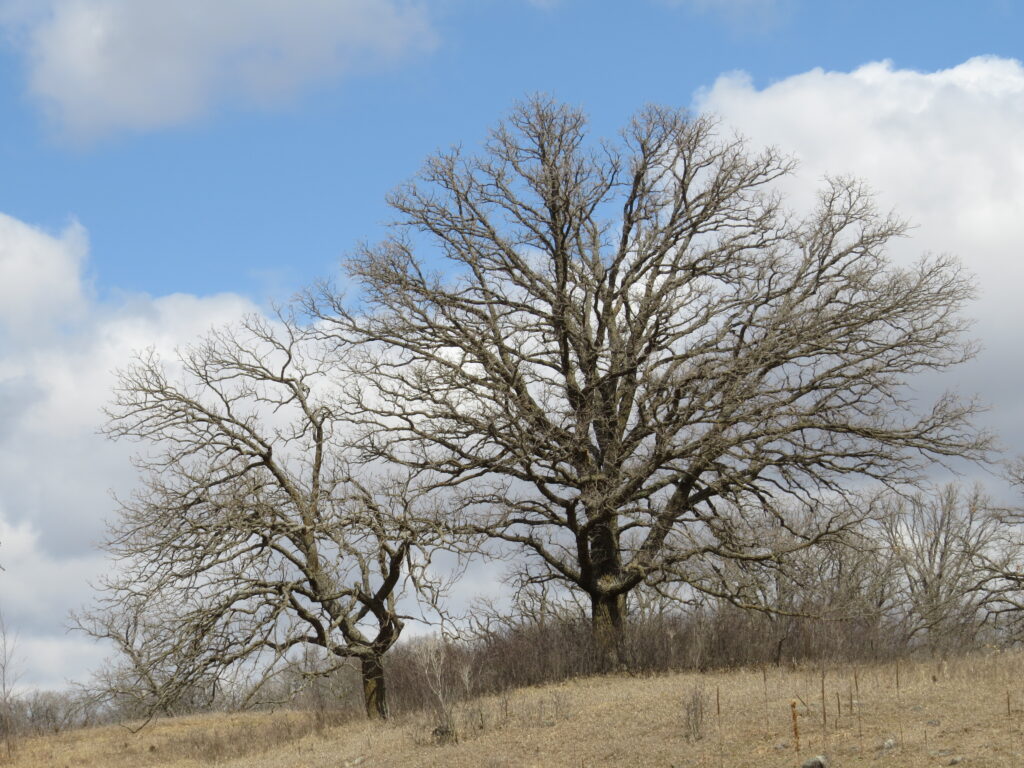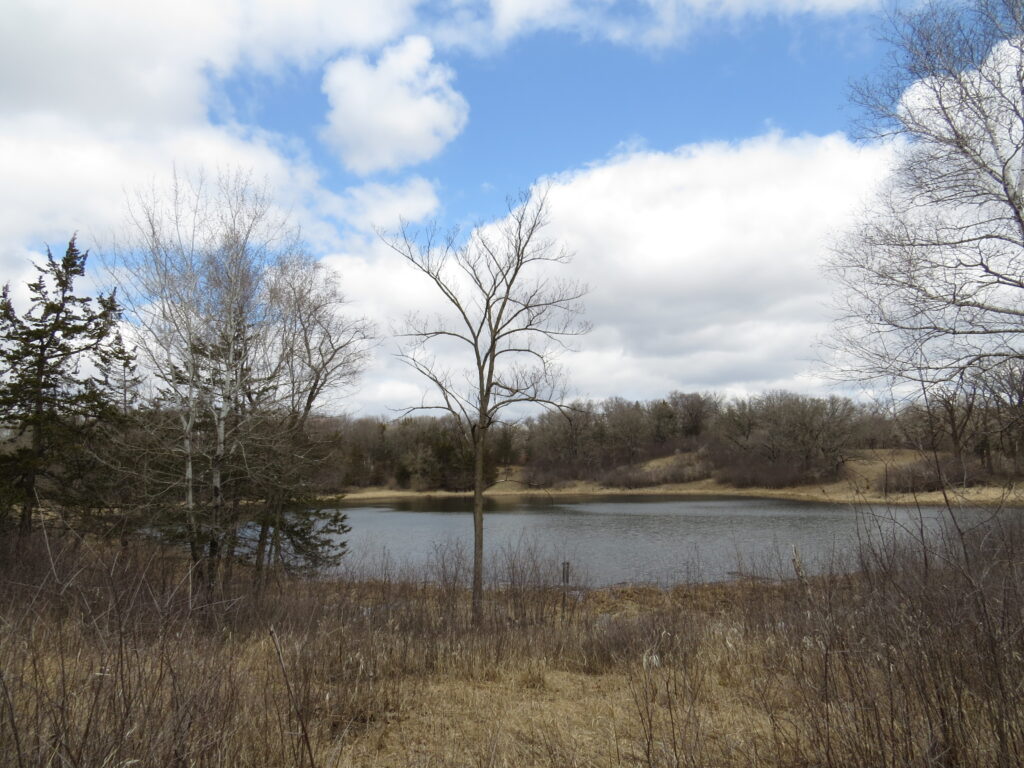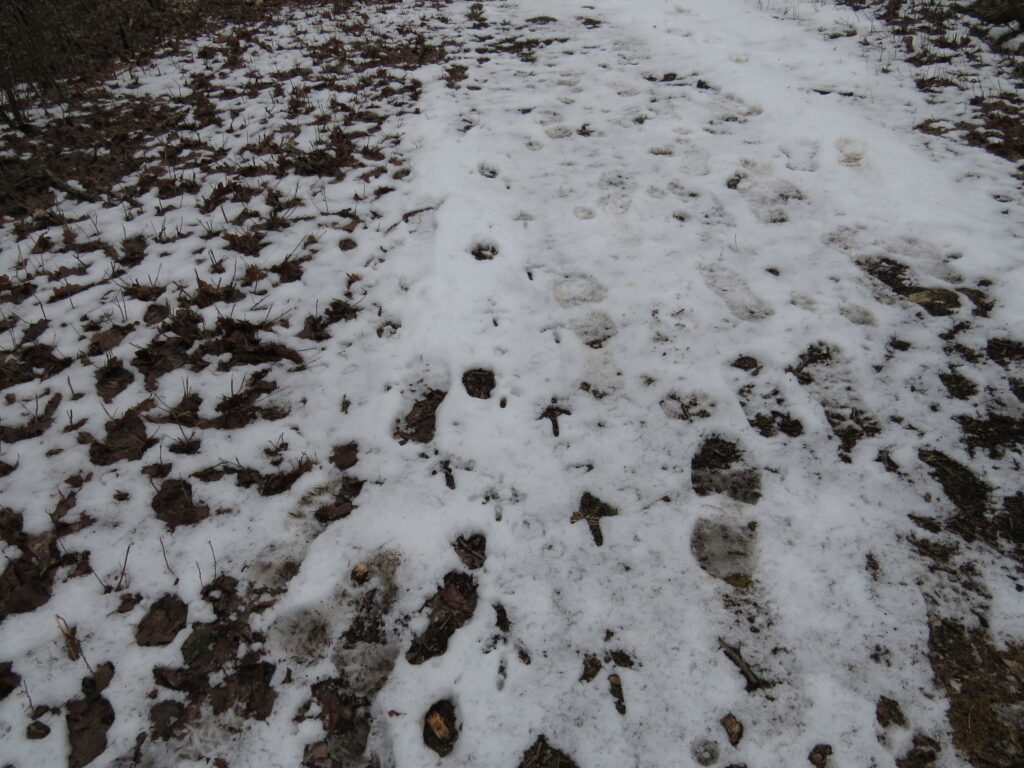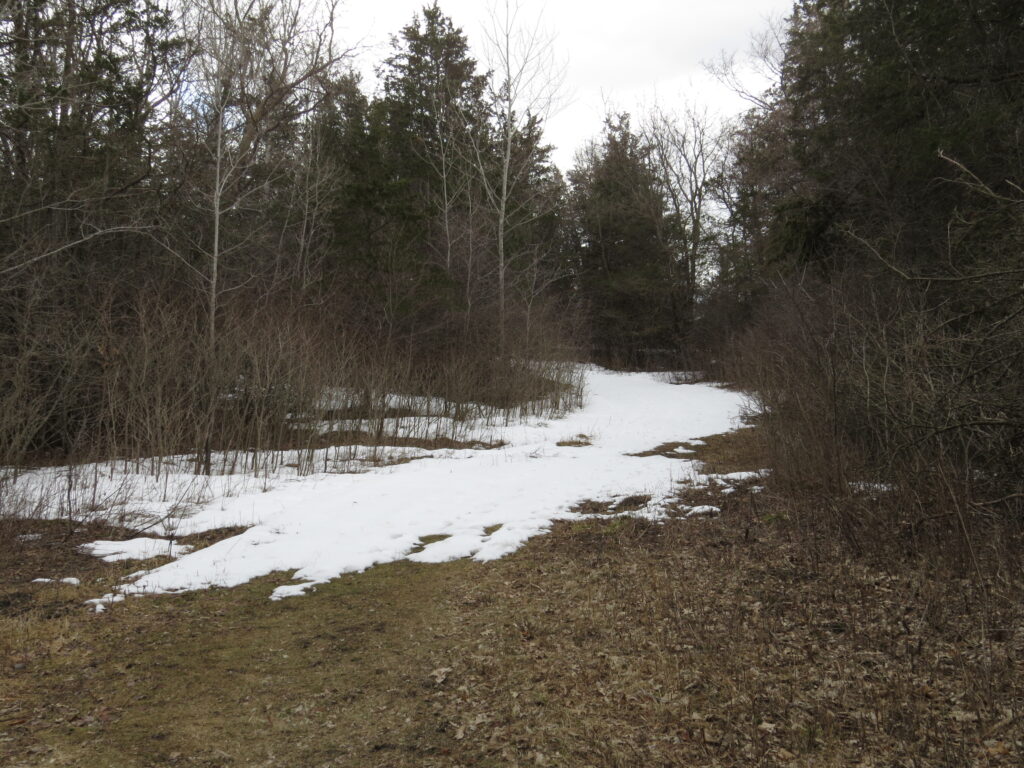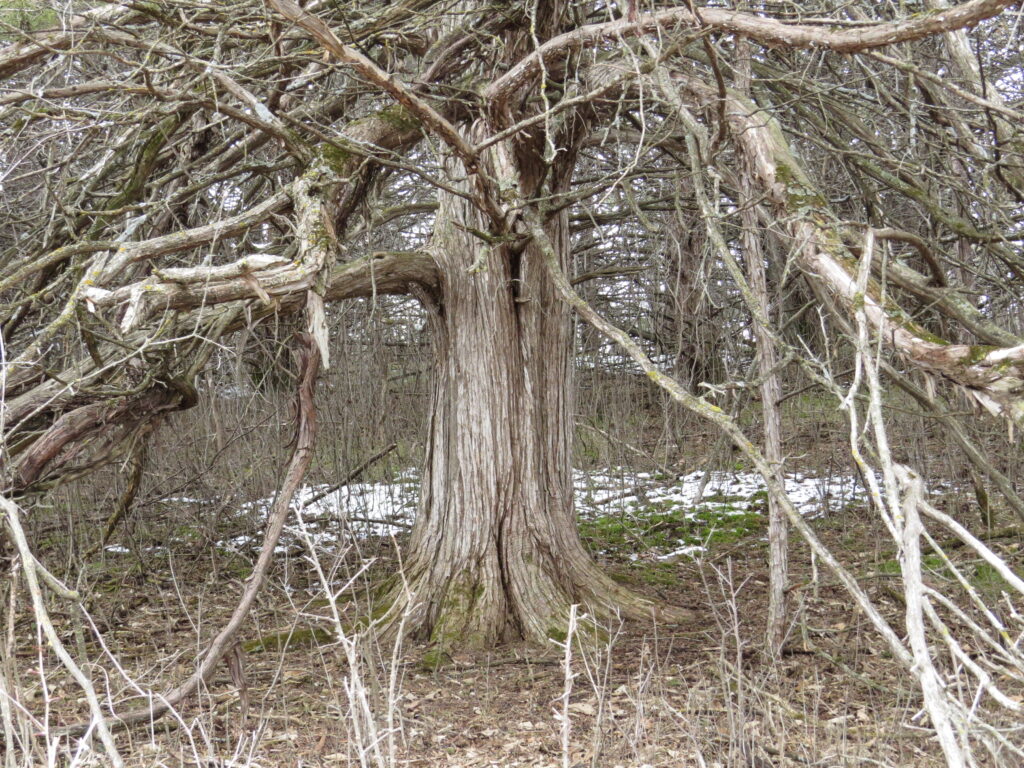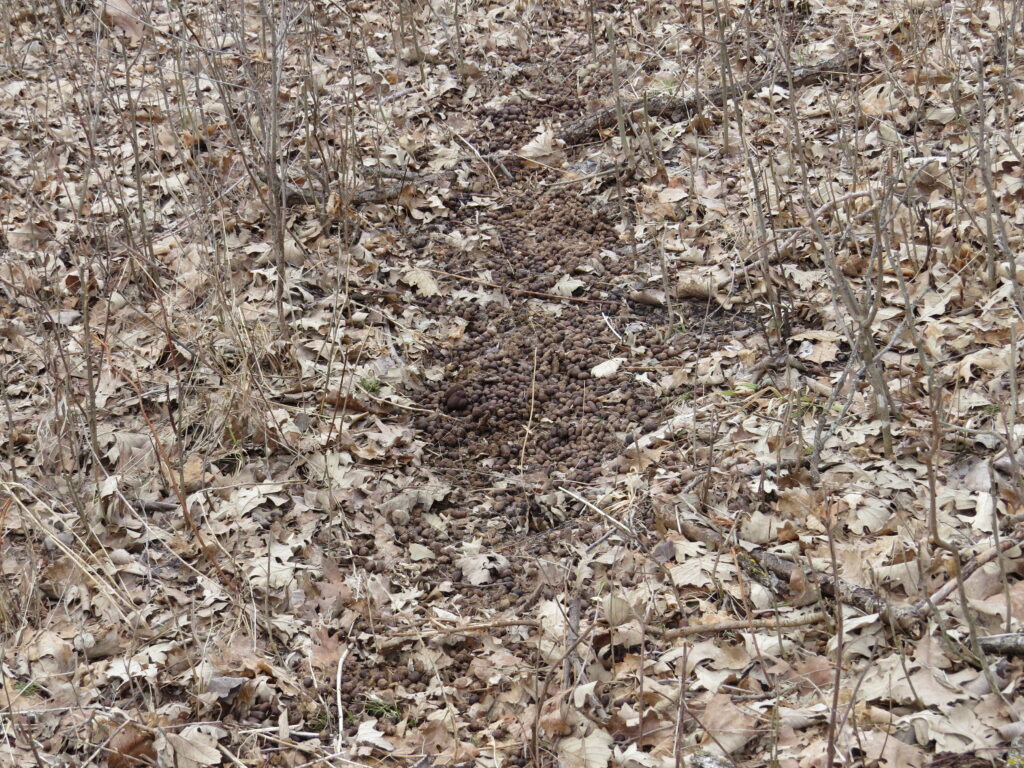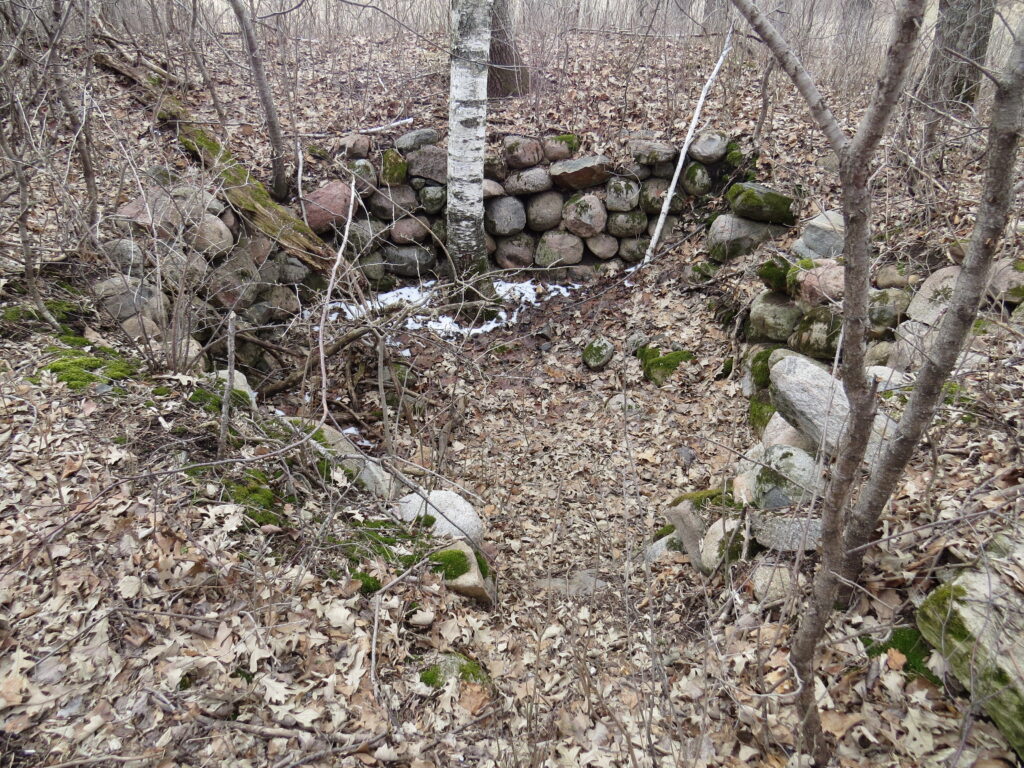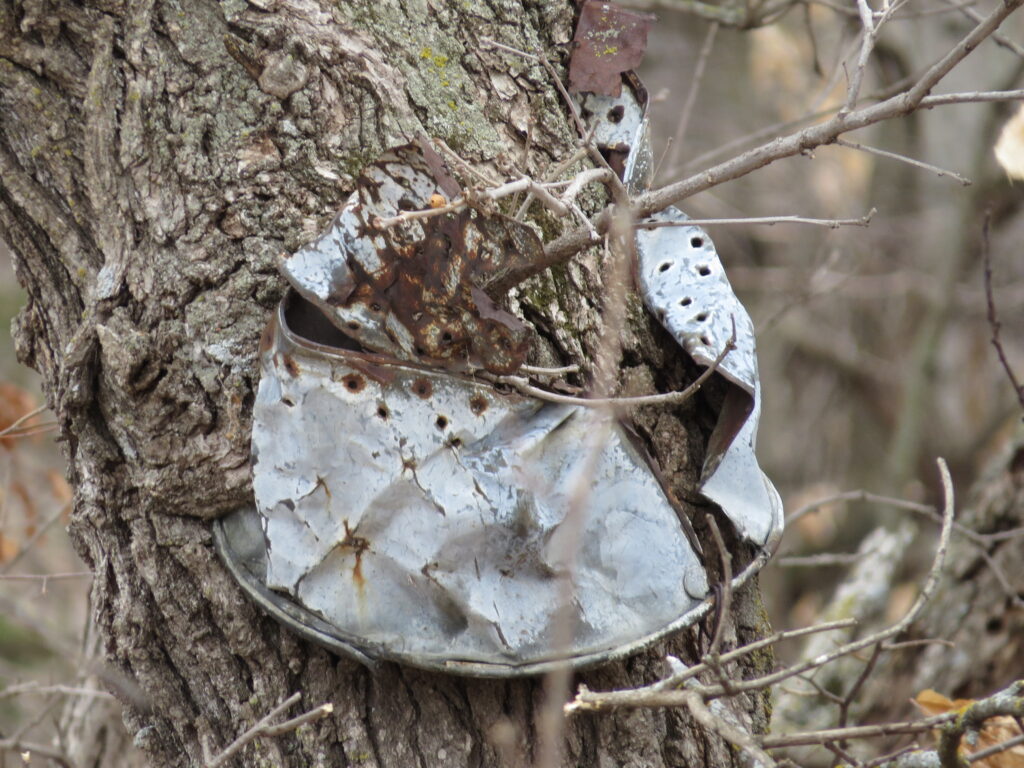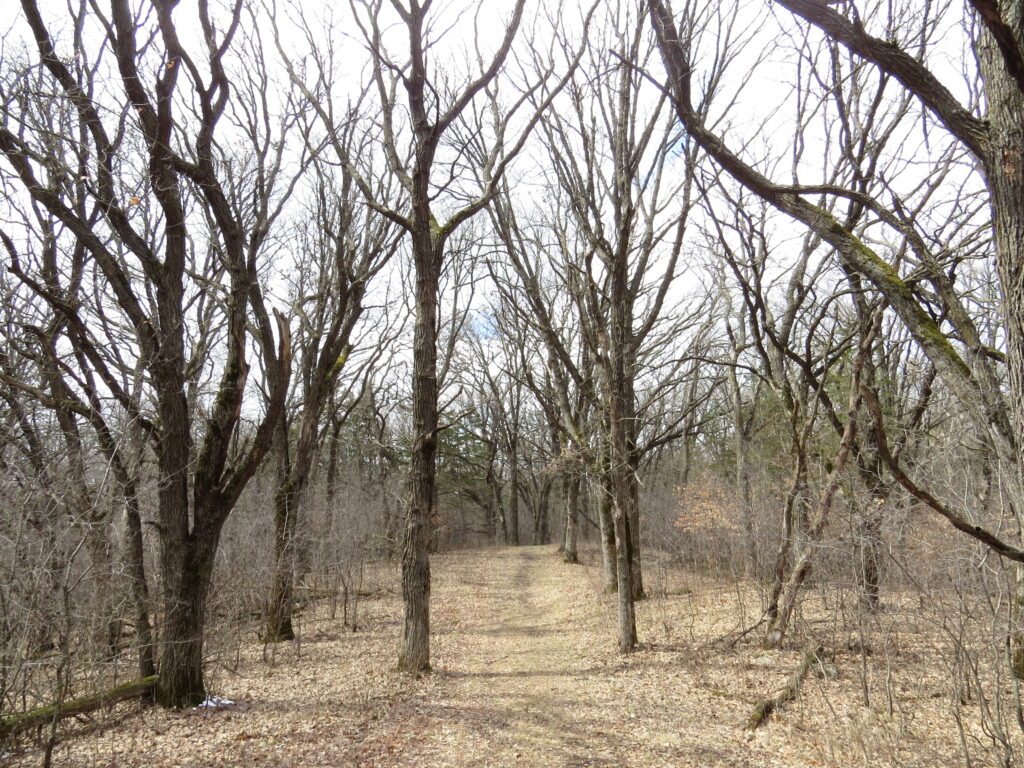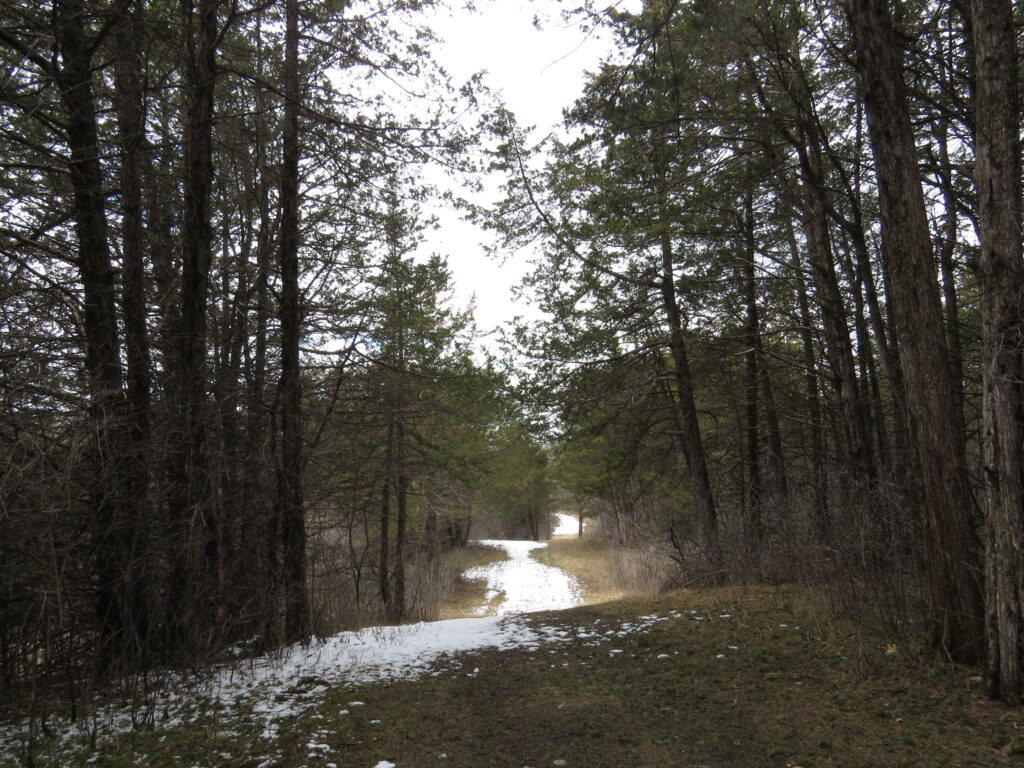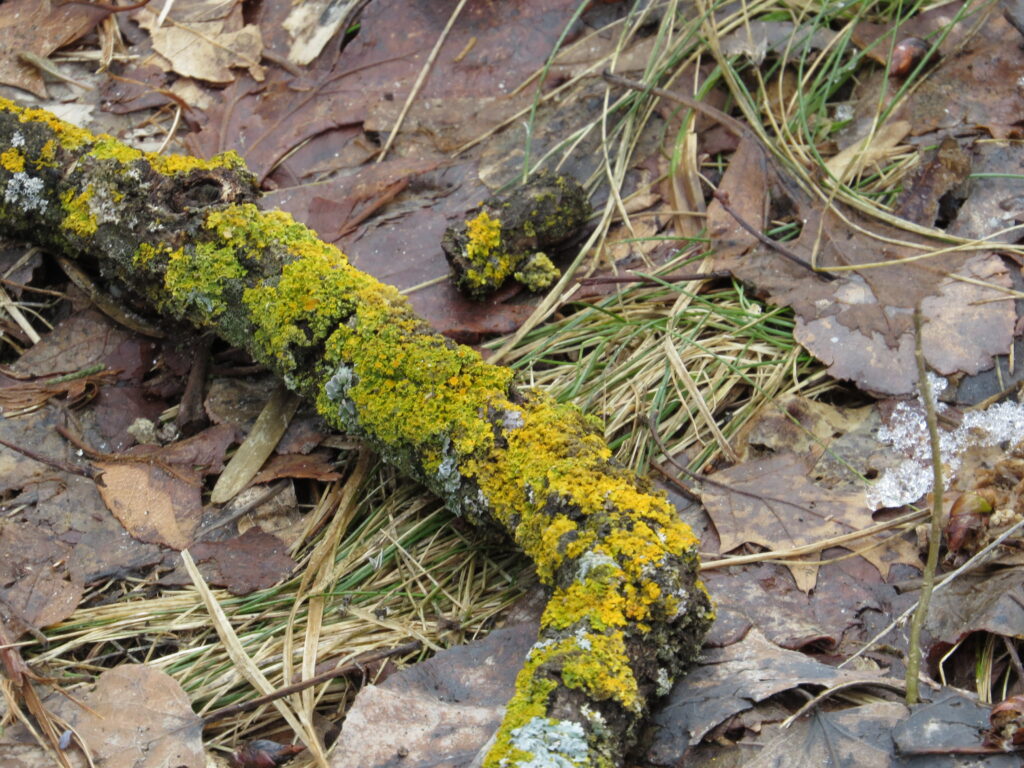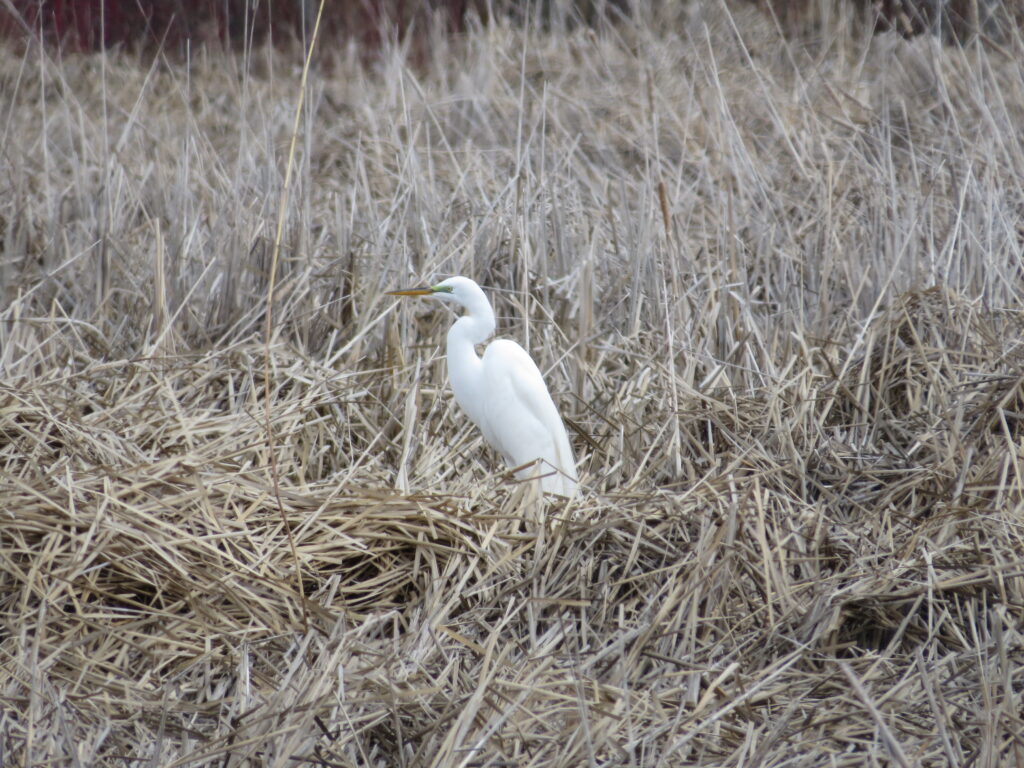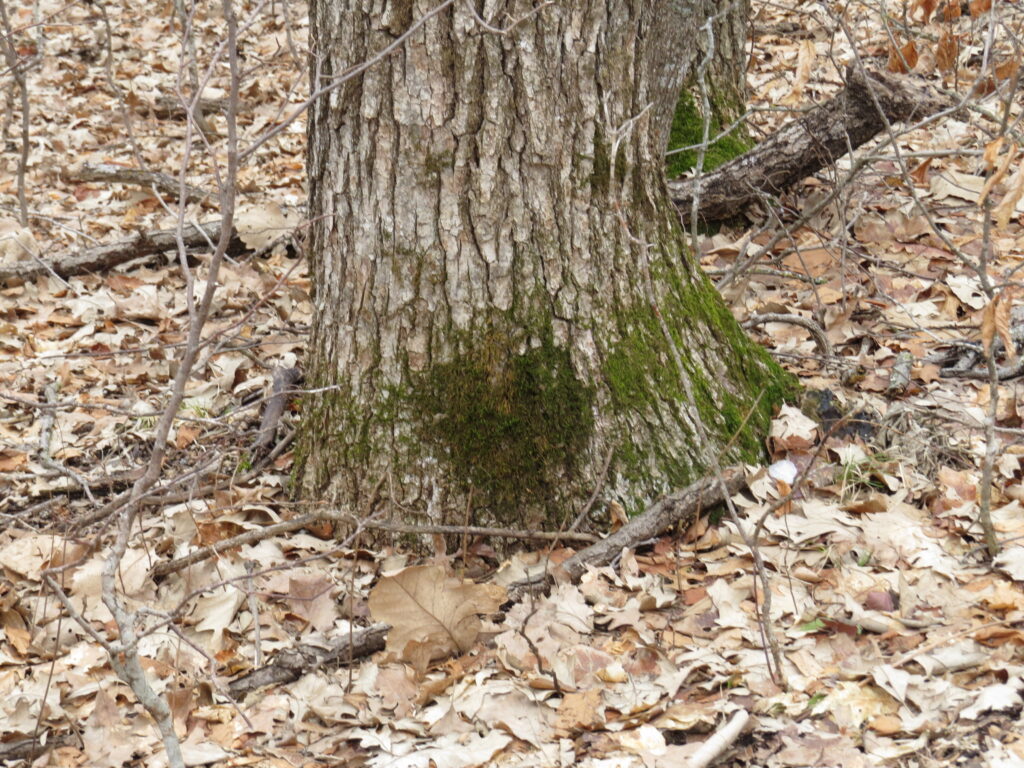When we had a beautiful newborn child come into our lives in the mid-eighties, I remember laying her on the bed with a colorful, hand-crocheted baby blanket and taking her picture. I took the film photos of her on the same blanket once a week. By the time we actually got the film developed and saw the pictures, it was astounding how much she had changed each week in those early months of her life! That is how the last six weeks of Spring have been—an astounding transformation from remnants of snow on the winter-desiccated landscape to fully leaved-out trees, green grass, and blooming flowers! Both are sure signs of the miraculous metamorphoses of Life!
Two weeks ago, on Mother’s Day, I was happy to visit Afton State Park with our son Aaron and his girlfriend Zoe. The park is a short drive to the east of Saint Paul on the Saint Croix River. My first impression was that it was ‘crowded’ with people, as are most of the parks that are easily accessible from the Cities. It had been a cloudy, misty morning, but skies were beginning to clear by the time we arrived. The Saint Croix River is an indomitable body of water that marks the eastern border of Minnesota for part of its length and joins with the Mississippi River not far south of Afton State Park. Afton is one of five state parks that preserves the wild beauty of the Saint Croix River bluffs. We followed the North River Trail, an old railroad bed that followed the River. From the built-up height and railroad bridges, we looked down on the flood waters that crept through the trees and housed dozens of waterfowl.
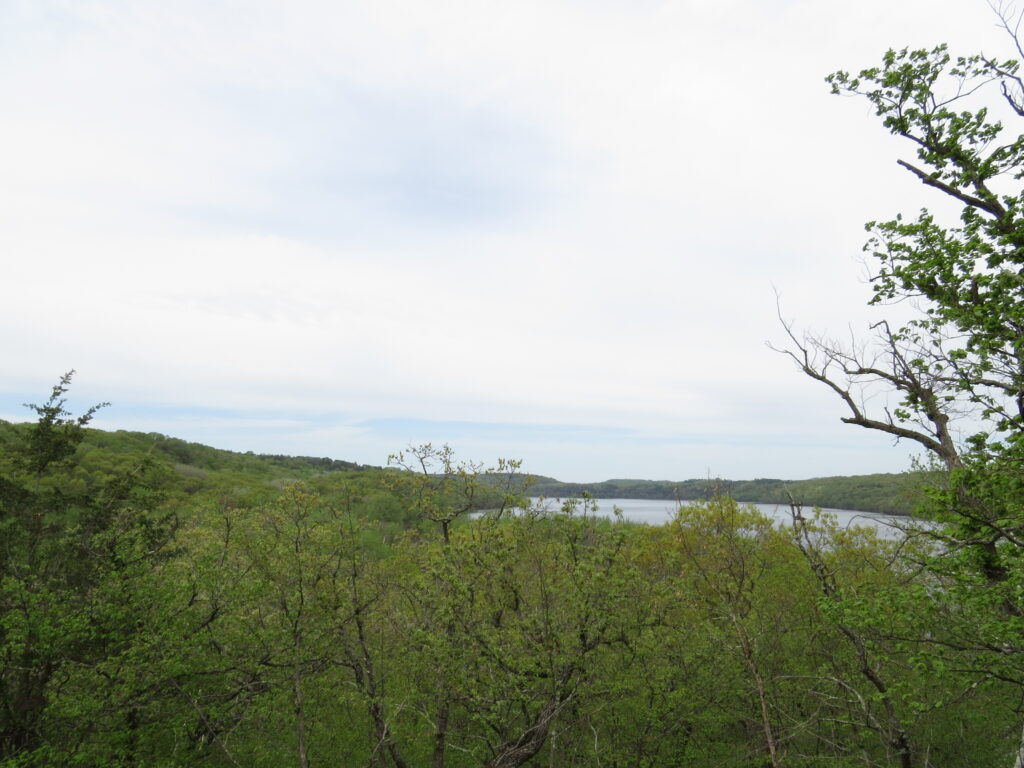
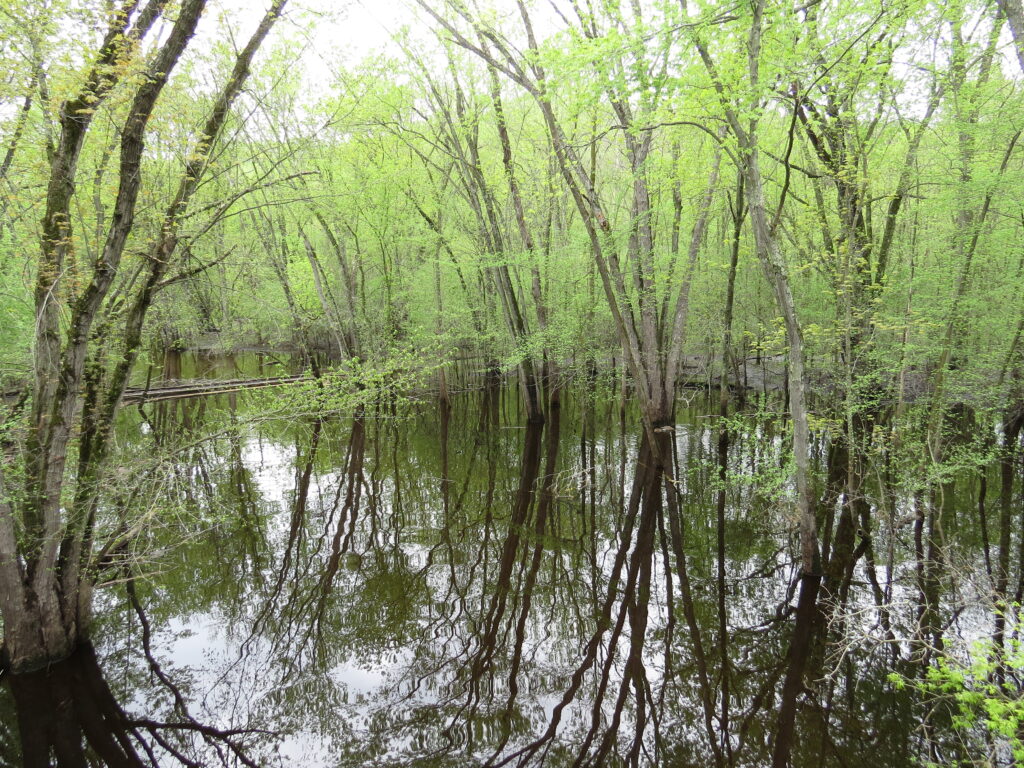
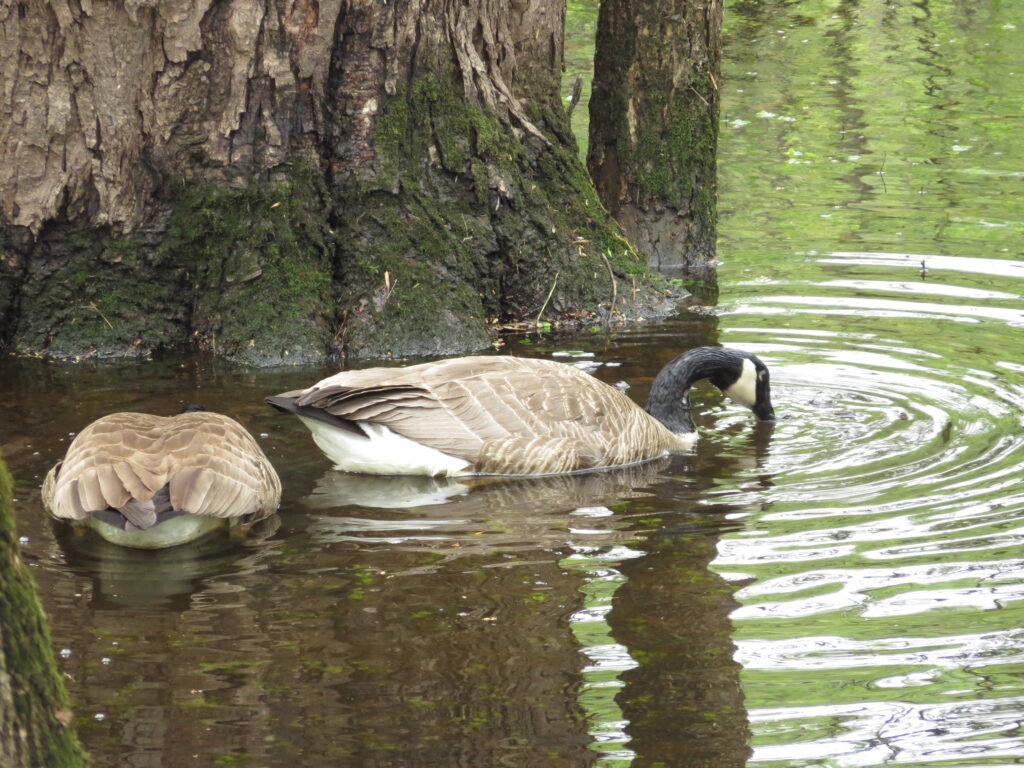
The leaves of the trees were fresh and light green in their annual coming out celebration. Going from bare branches to abundant, distinctly-shaped leaves covering those branches is a Spring miracle that never fails to amaze me!

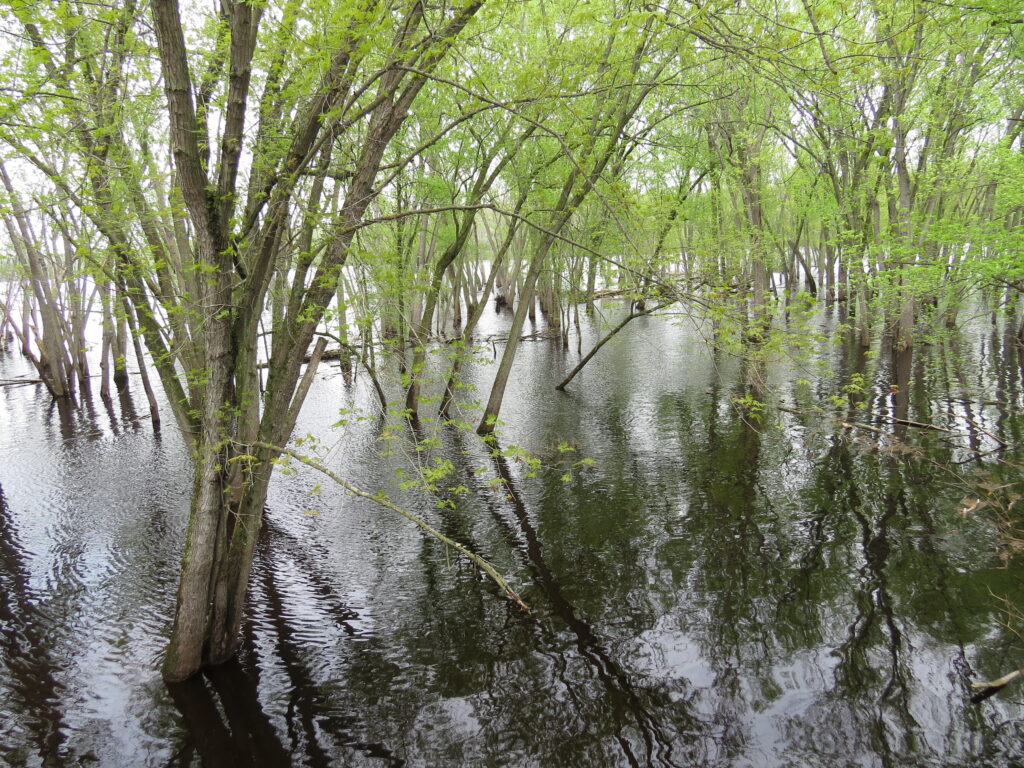
Looking over the bridge into the rippling flood waters and tree reflections was a bit disorienting.

The flood plain and riverside are perfect places for Eastern Cottonwood trees to grow tall in height and large in girth. They love having their roots so close to the water.
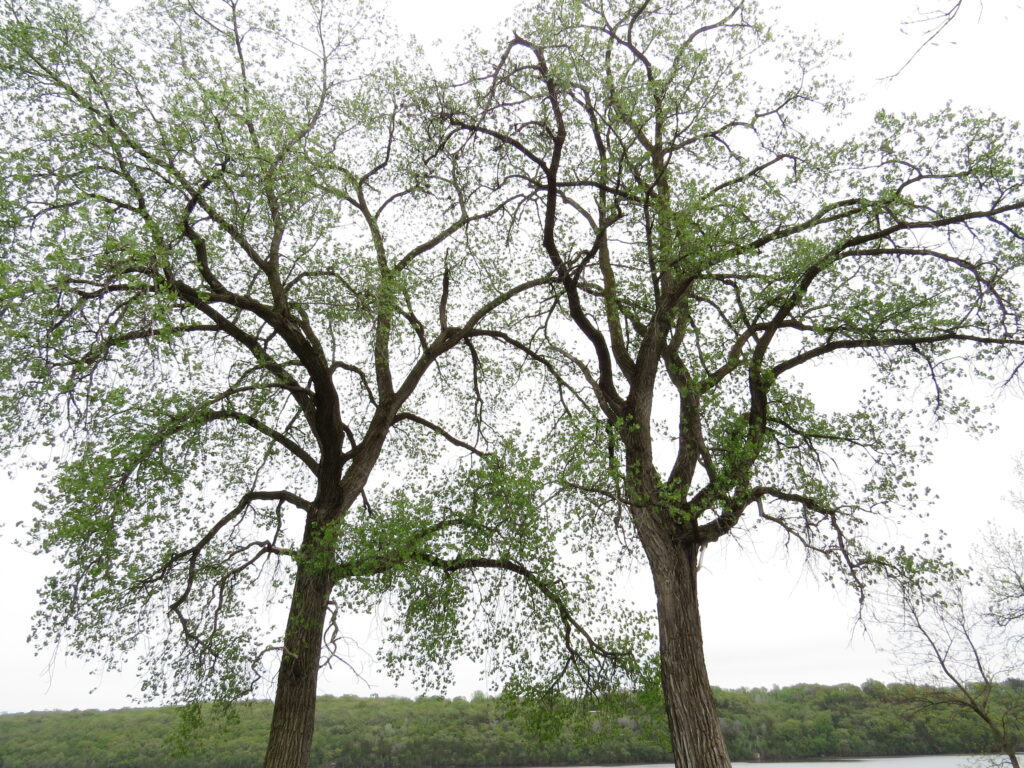
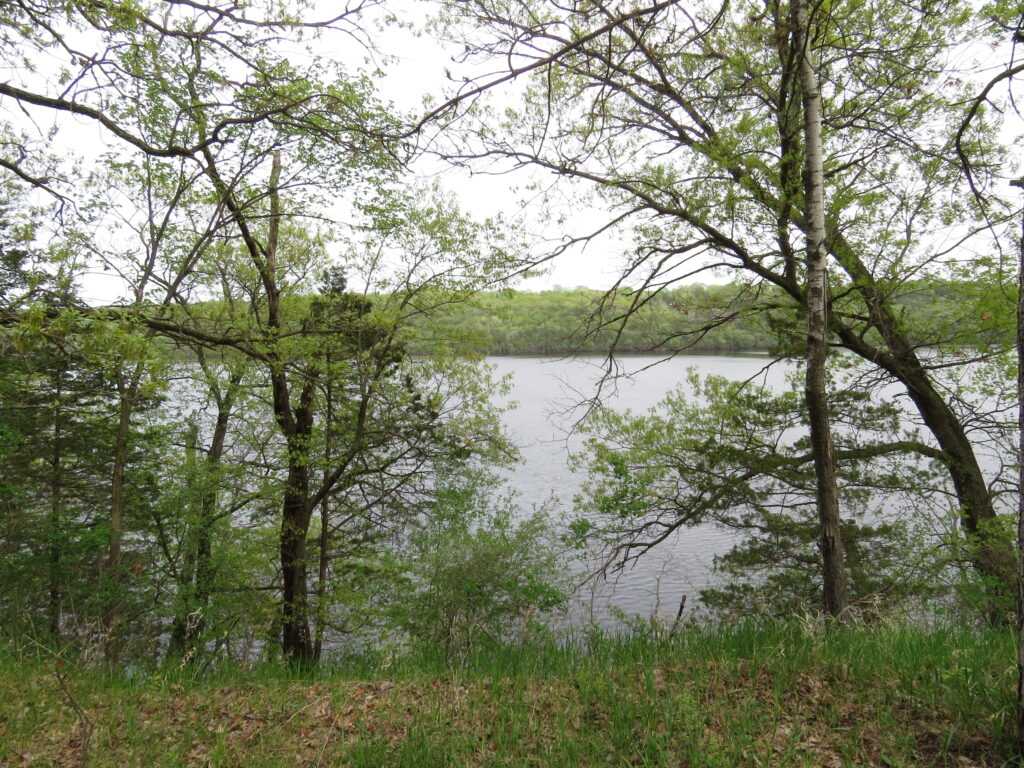
If my first observation of the park was an abundance of people, my second was the absence of Spring wildflowers compared to the central Minnesota parks. We saw these delightful variegated ferns emerging and found a few clumps of golden-starred Puccoons, along with some white-flowered Rue Anemone, but that was about it.
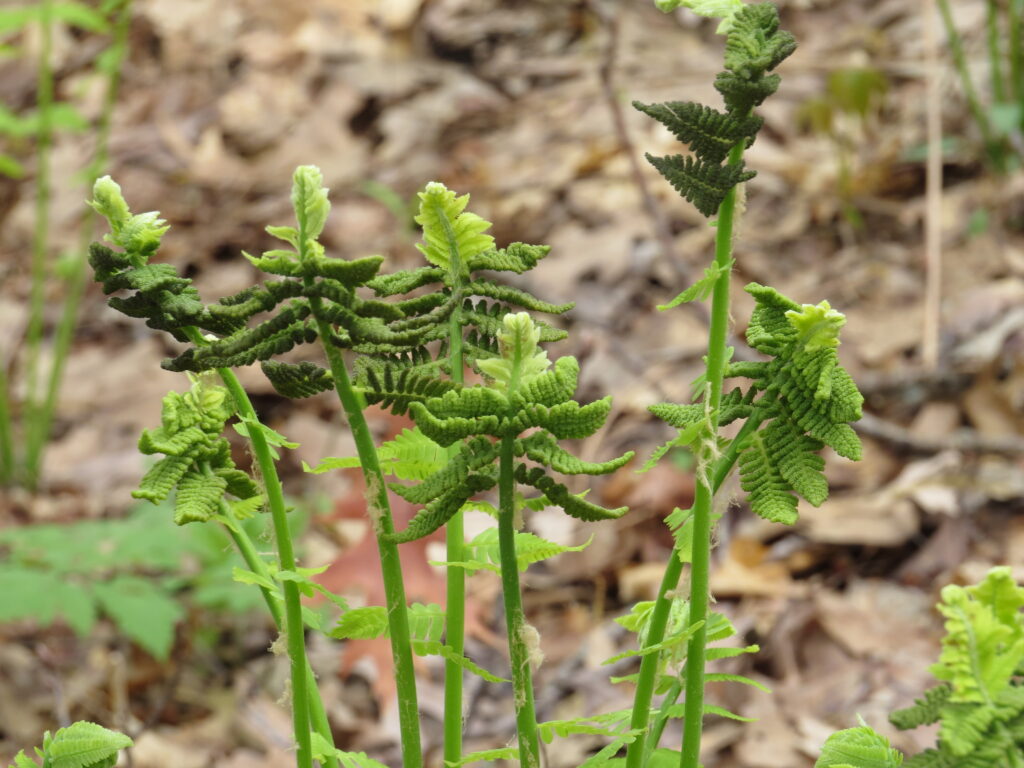
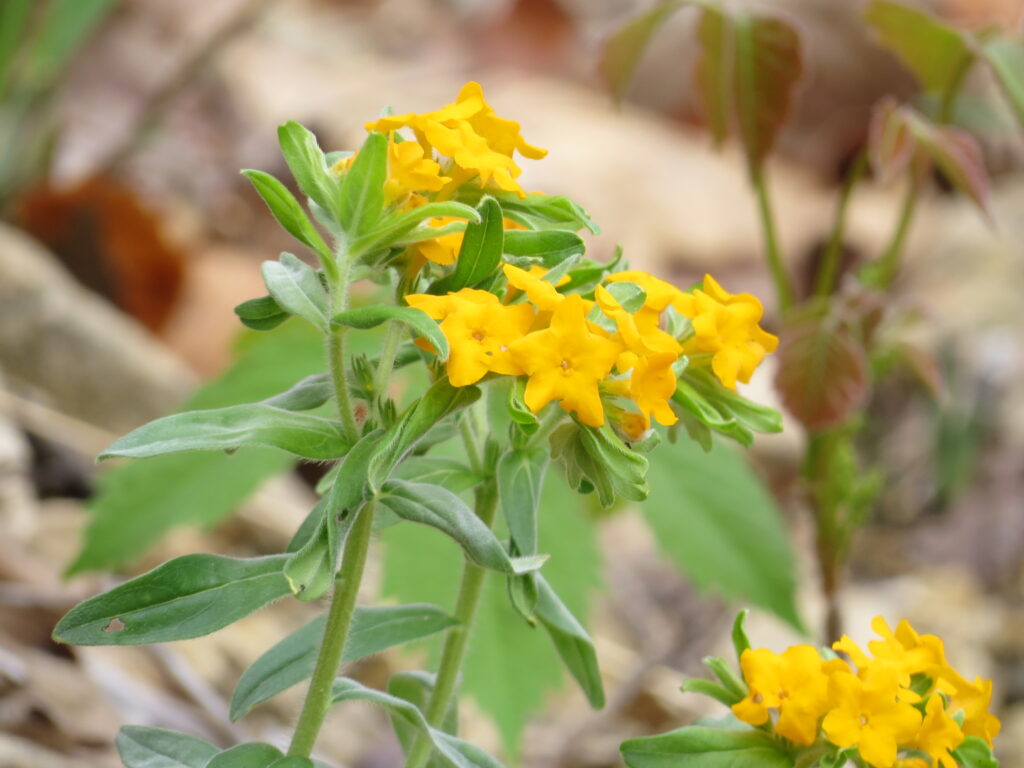
Green was the color of the day, however, and after a long, white Winter, it is a welcomed change. The flooding and movement of the River had created sandbars, pools of water, and piles of debris. The receding water left patterns in the sand, mats of old vegetation, and opportunities for new spikes of green grass. And isn’t it amazing that along with new leaves, some trees have flowered and fruited already? Winged Maple seeds had flown from their new places on the branches to the sand below.
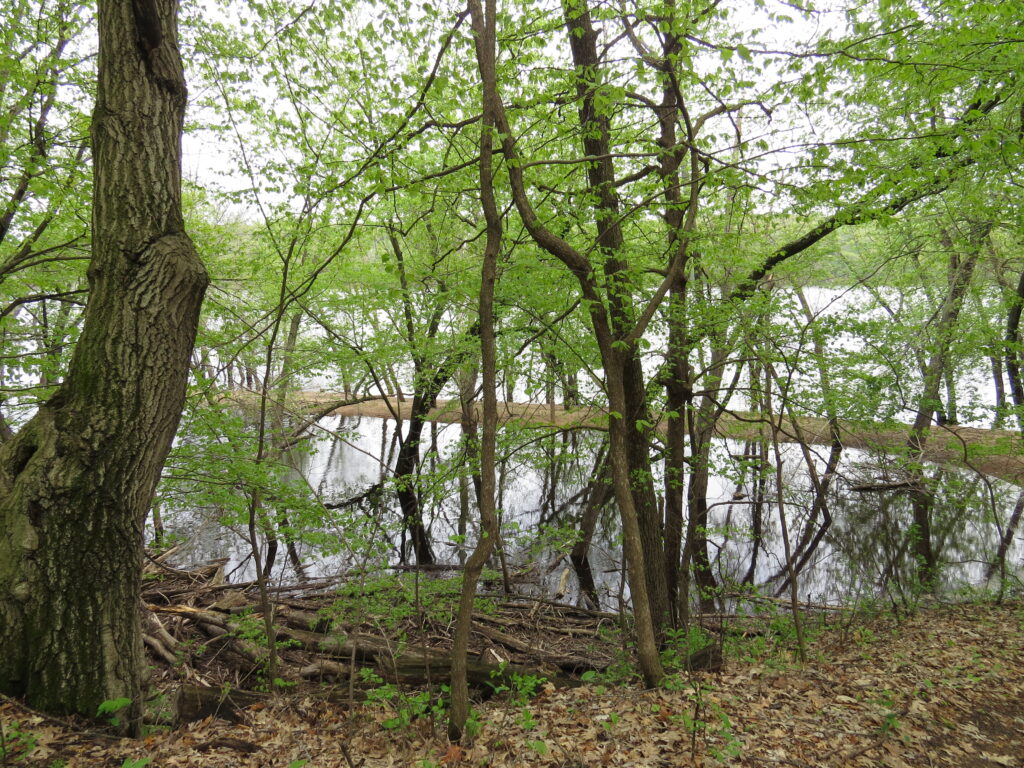
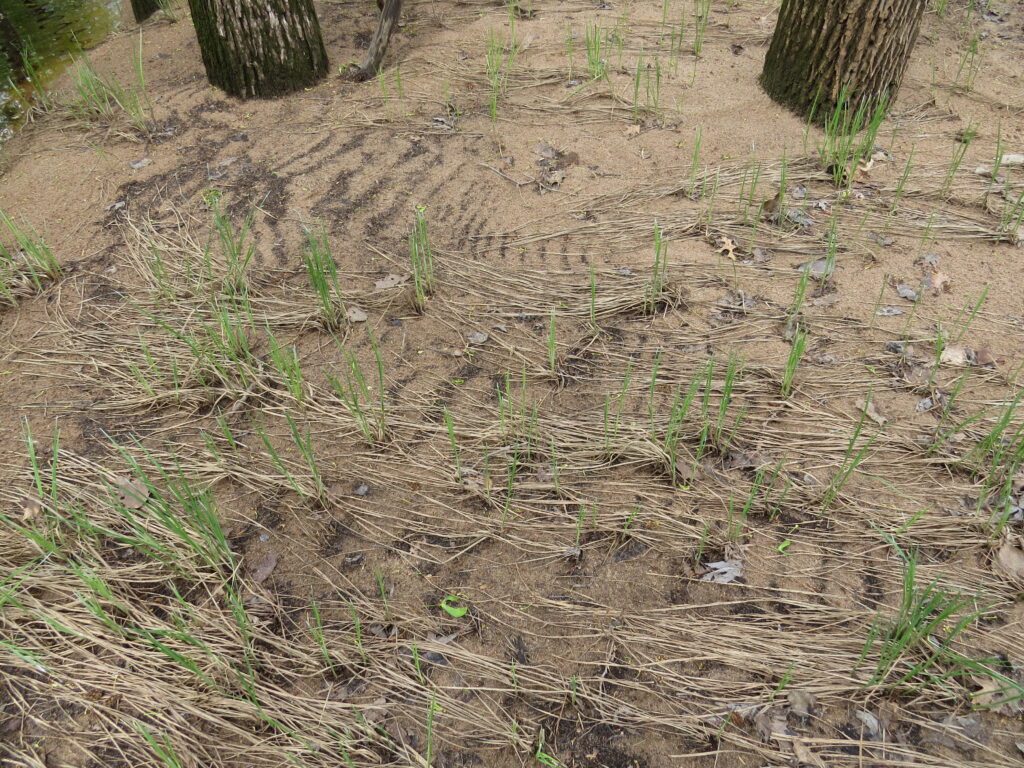
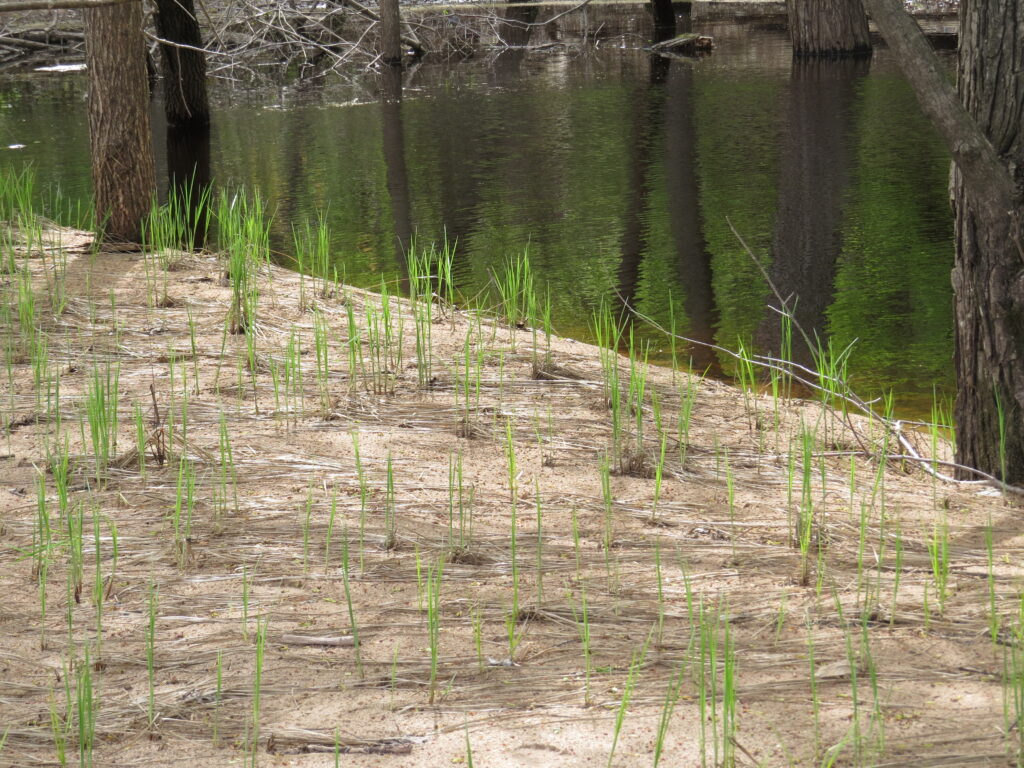
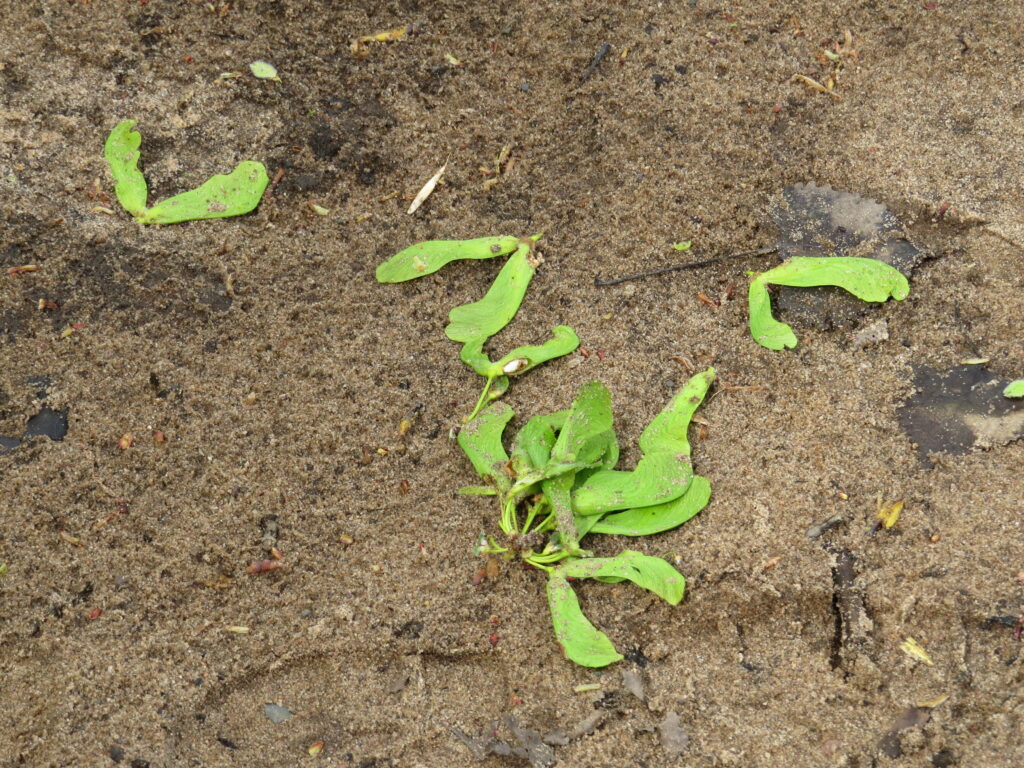
We left the riverside and began to climb the bluff on the switchback trail that led us up to the top. We saw the distinct, pocketed cap of Yellow Morel mushrooms, the most hunted wild mushroom, I would guess.
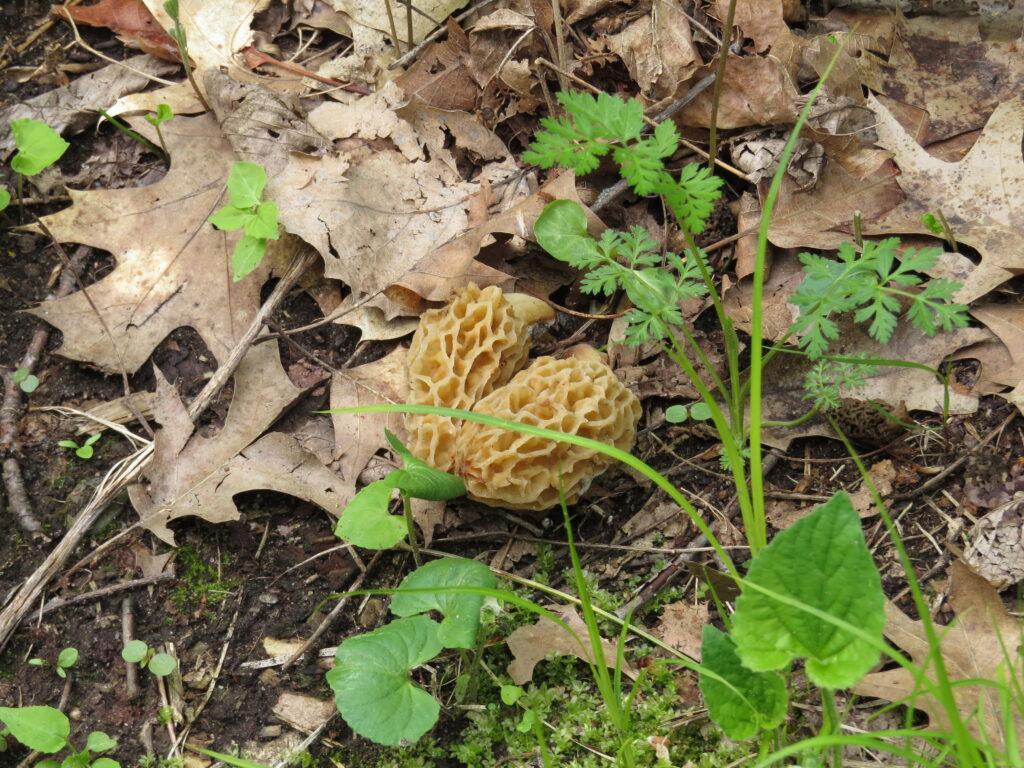
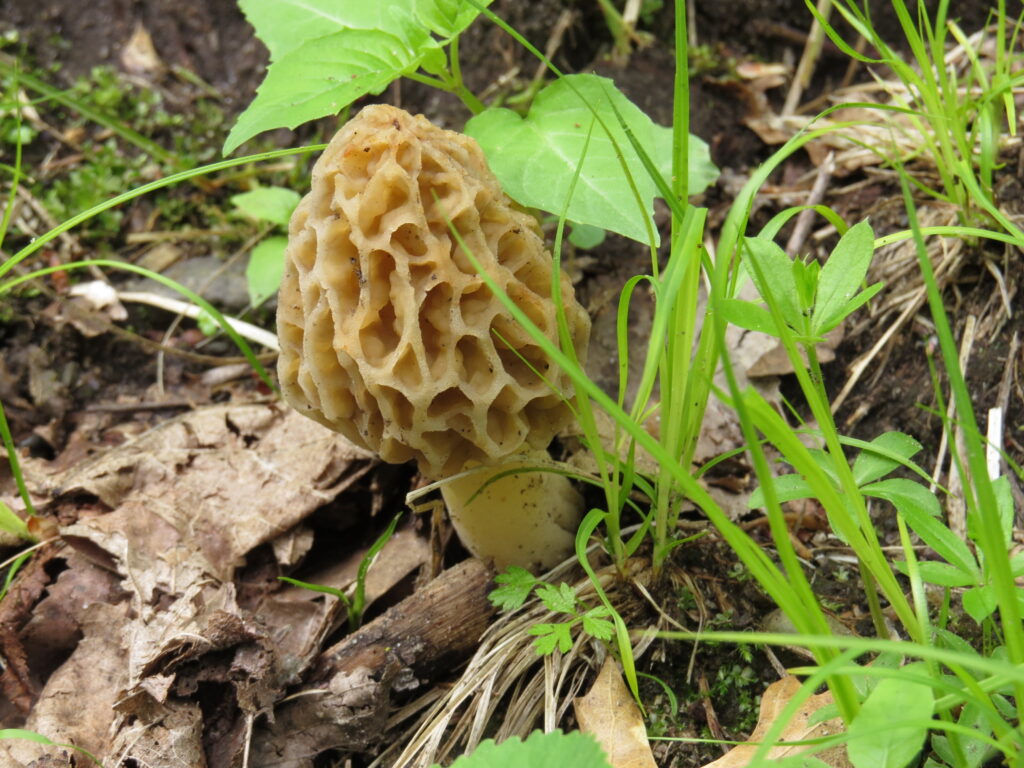
Close by was another mushroom, colorful and cute, that I should have taken a closer look at (as in the underside), because it is probably either a Golden Chanterelle (edible and desirable) or a Jack-o-Lantern mushroom (toxic). The Jack-o-Lantern has distinct gills on the underside and has a green bioluminescence when fresh! They glow in the dark—well named!
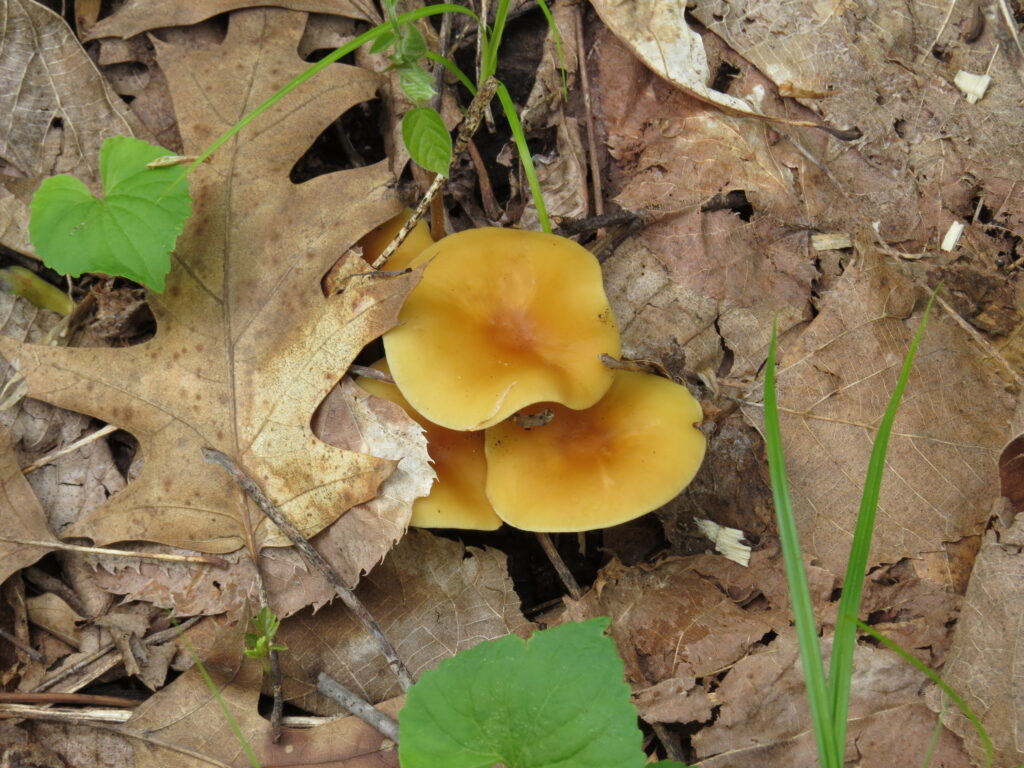
I also loved this bark palette of blue and green lichens. Mother Nature’s beautiful art.
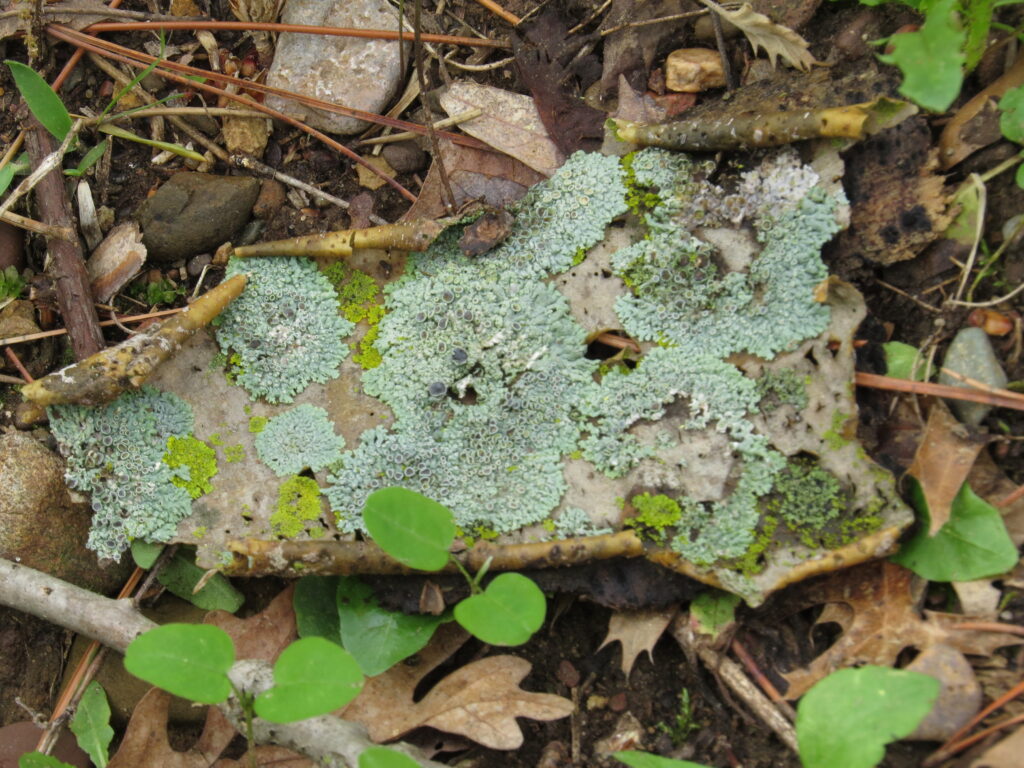
We climbed past a stand of Red Pines and saw a broken branch that perfectly illustrates why the innermost, oldest part of a trunk or branch of a tree is called heartwood.
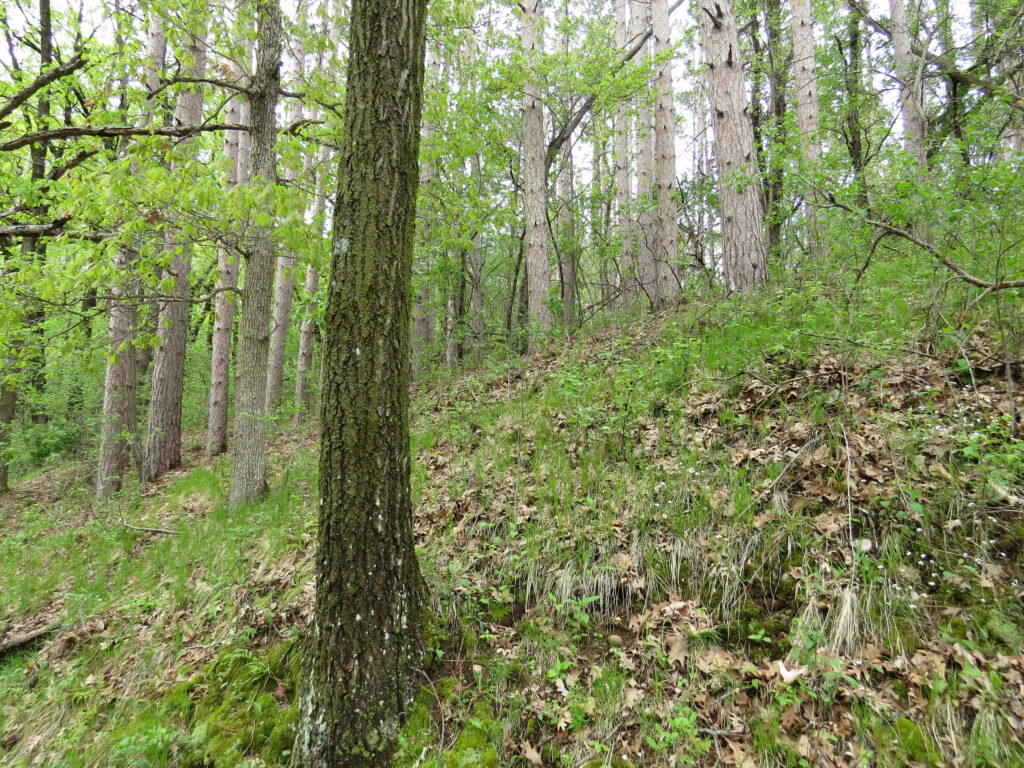
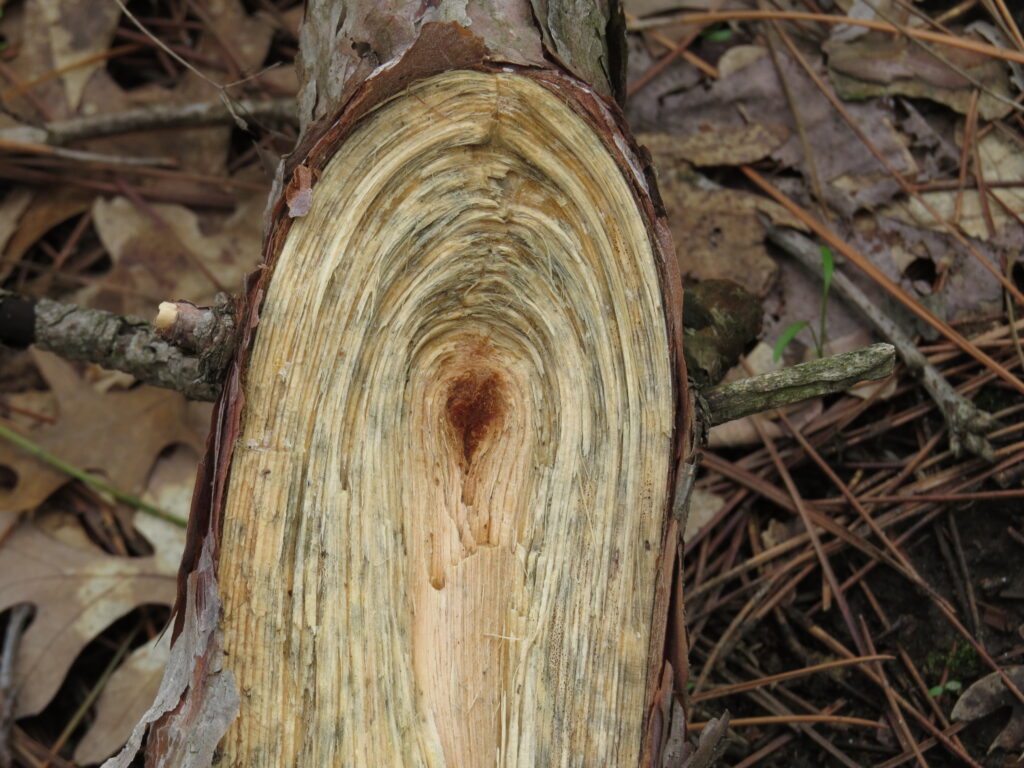
At the top of the bluff was an overlook of the Saint Croix River and a backpack campground. It is where the little baby I took pictures of in our old home in Missouri, camped with her college friends.
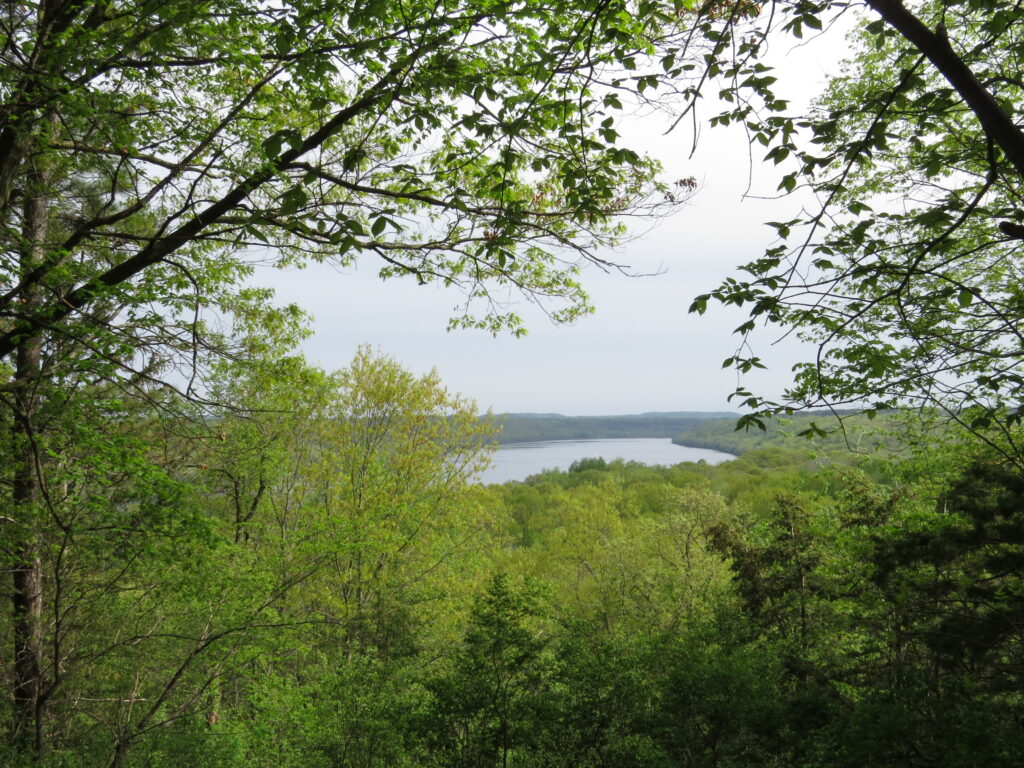
A bright flower-of-a-bird, the American Goldfinch, flitted from tree to tree, and sitting near the top of a dead tree was a Sharp-shinned Hawk watching the passers-by.
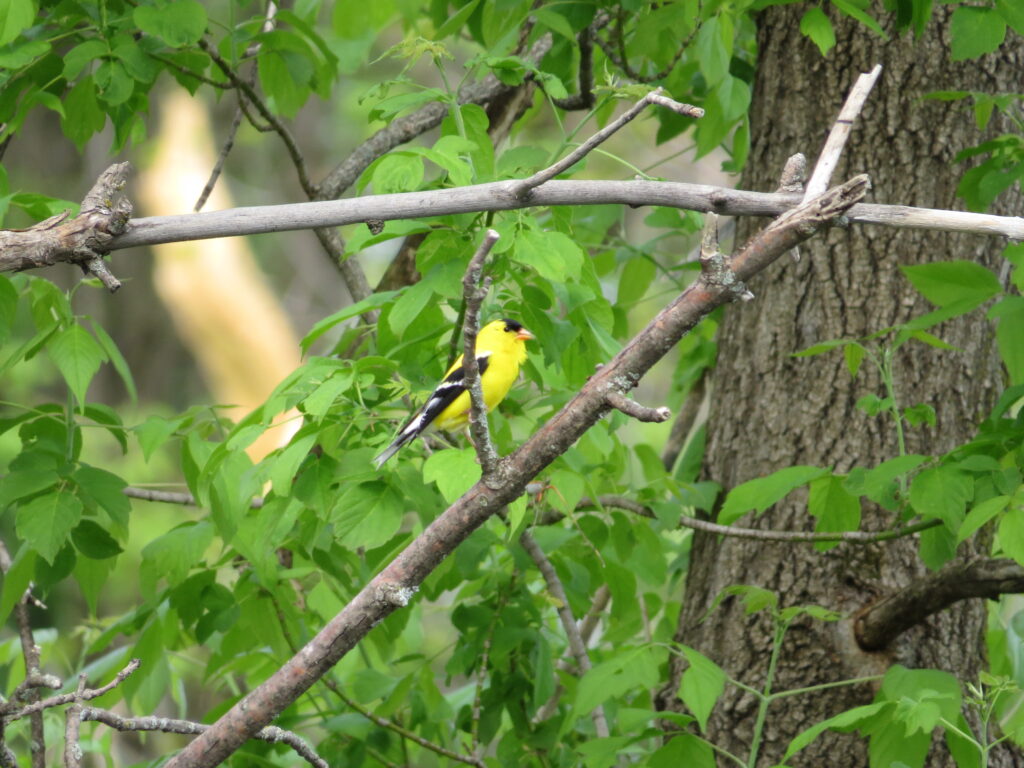
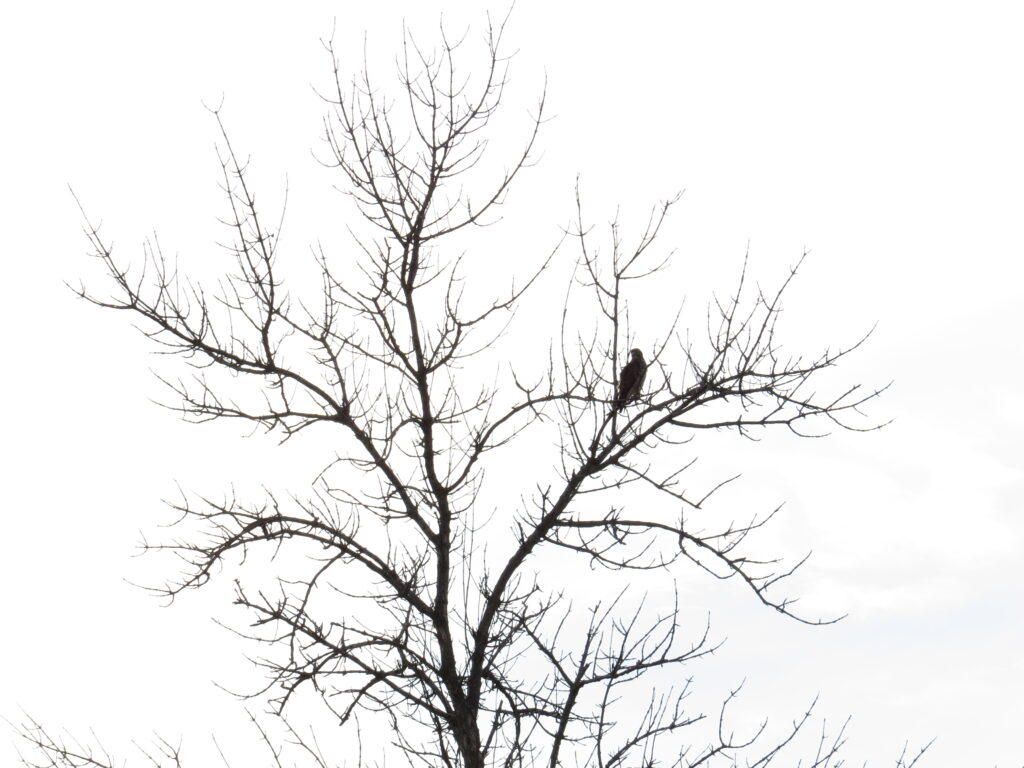
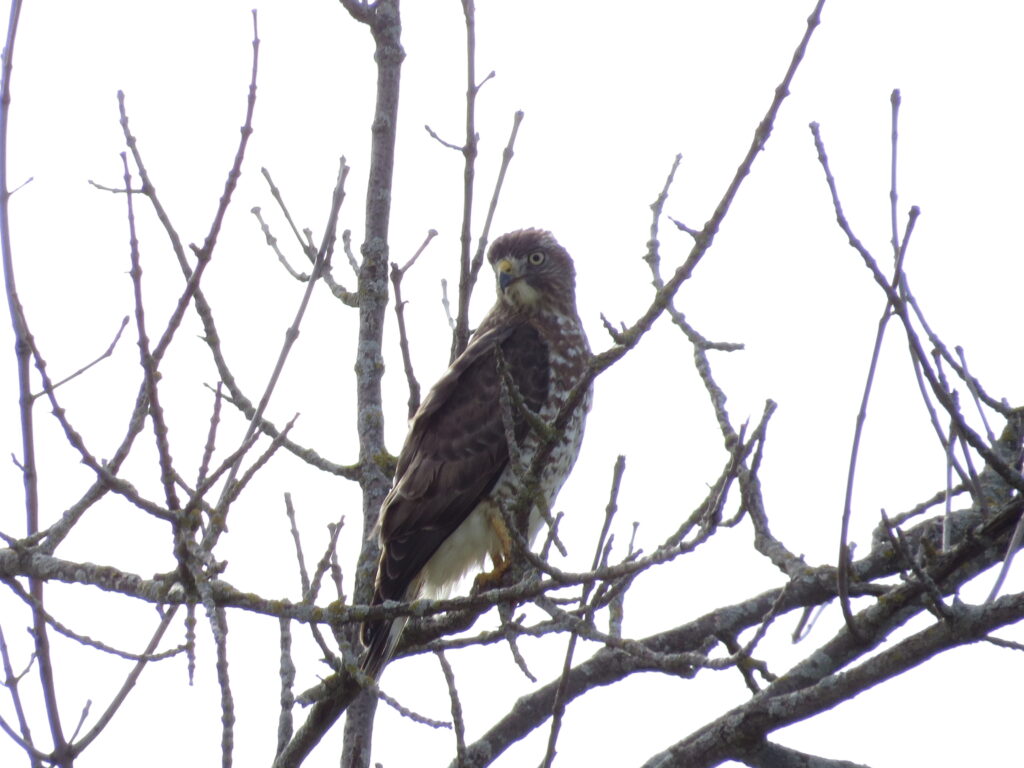
When we returned to the trail where we began, the sky had cleared and reflected blue on the water. There was even change in a couple of hours!
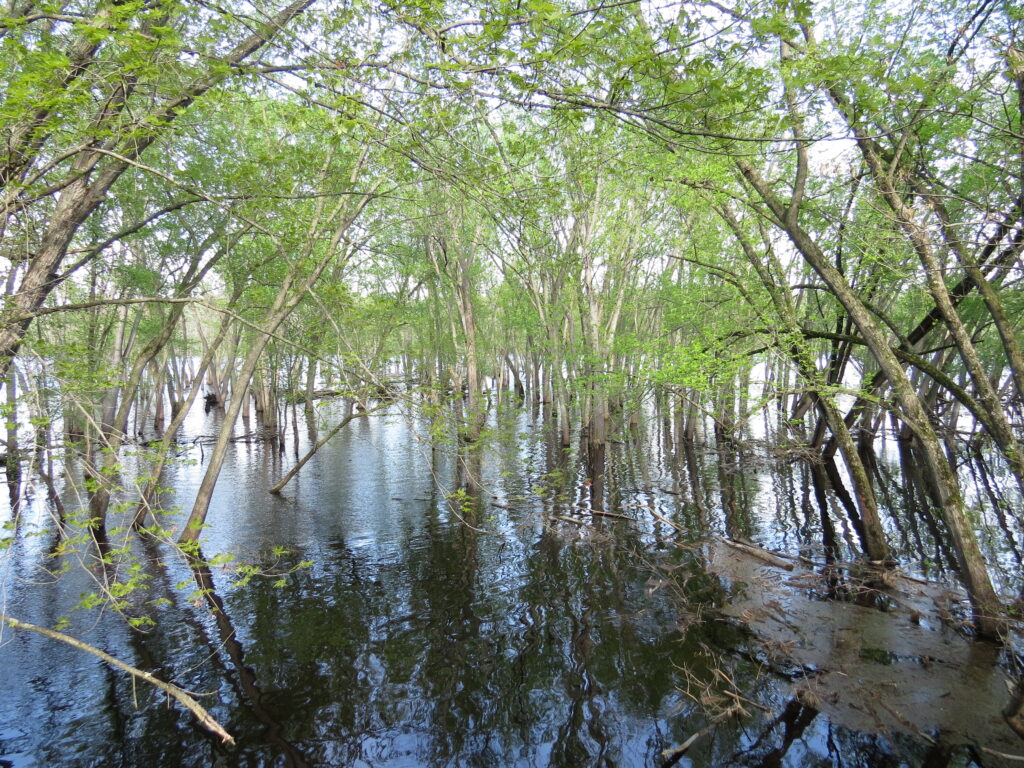
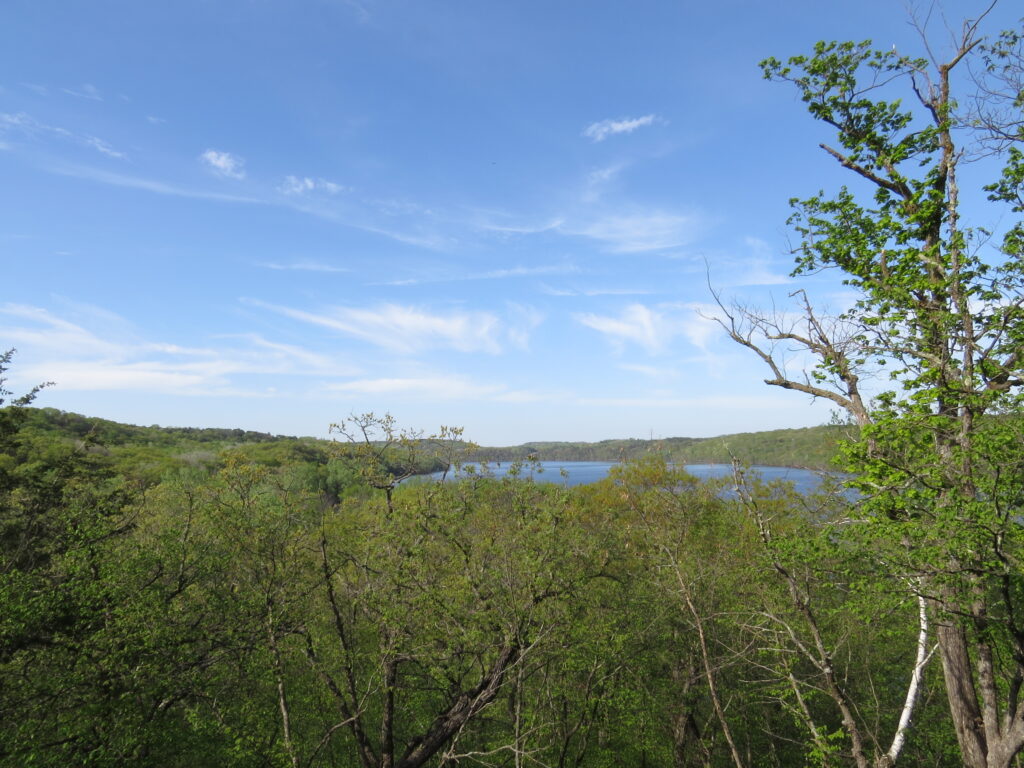
Spring brings constant changes, hour by hour, day by day, week by week, as Mother Nature transforms from dormancy to vibrancy. It is exciting to see the new leaves, plants, fungi, and flowers return. Mother’s Day is a reminder to me of the pregnancy days, the baby days (and nights), those fun-filled elementary days, the incredible growth of personhood in the middle and high school days—how fast they all go! Then the winged children fly away to college and beyond, to different states, different jobs, and different loves. Mother’s Day is now bittersweet for me—I no longer see the daily, weekly, monthly growth of my dear adult children. I can no longer take the weekly photos to stash those memories—not having those reflections is disorienting at times. I cherish the time I get to be with them and mourn the ‘childless’ holidays. I can only hope that they have loved having their roots grow from mine and that they have learned to appreciate Mother Nature’s art and miraculous science. And as they change and I change, I hope they know the love of my heartwood grows with them.
